These revised and enlarged posts on Barnett Newman replace earlier posts from July 2010.Barnett Newman (1905 – 1970) was an American artist. He is seen as one of the major figures in Abstract Expressionism and one of the foremost of the Colour Field painters.
Newman was born in New York City, the son of Jewish immigrants from Poland. He studied philosophy at the City College of New York and worked in his father's business manufacturing clothing. He later made a living as a teacher, writer and critic.From the 1930s on he made paintings, said to be in an expressionist style, but eventually destroyed all of these works.
He wrote catalogue forewords and reviews and also organised exhibitions before becoming a member of the Uptown Group and having his first solo show at the Betty Parsons Gallery in 1948. Soon after his first exhibition, Newman remarked in one of the Artists' Session at Studio 35: "We are in the process of making the world, to a certain extent, in our own image."Utilising his writing skills, Newman fought every step of the way to reinforce his newly established image as an artist and to promote his work. An example is his letter on April 9, 1955, "Letter to Sidney Janis: ...it is true that Rothko talks the fighter. He fights, however, to submit to the philistine world. My struggle against bourgeois society has involved the total rejection of it."
Throughout the 1940s he worked in a surrealist vein before developing his mature style. This is characterised by areas of colour separated by thin vertical lines, or "zips" as Newman called them. In the first works featuring zips, the colour fields are variegated, but later the colours are pure and flat. Newman himself thought that he reached his fully mature style with the Onement series (from 1948). The zips define the spatial structure of the painting, while simultaneously dividing and uniting the composition.
![]() |
| 1948 Onement I oil on canvas 69.2 x 41.2 cm © 2013 Barnett Newman Foundation / Artists Rights Society (ARS), New York |
The zip remained a constant feature of Newman's work throughout his life. In some paintings of the 1950s, such as The Wild, which is 2.4 meters by 2 centimeters, the zip is all there is to the work. Newman also made a few sculptures which are essentially three-dimensional zips.
![]() |
| 1950 The Wild. Newman & Betty Parsons with The Wild in 1951. Photo by Hans Namuth (See also 1950 The Wild in the chronological order of works below) |
The Stations of the Cross series of black and white paintings (1958–66), begun shortly after Newman had recovered from a heart attack, is usually regarded as the peak of his achievement. The series is subtitled "Lema sabachthani" - "why have you forsaken me" - the last words spoken by Jesus on the cross, according to the New Testament. Newman saw these words as having universal significance in his own time. The series has also been seen as a memorial to the victims of the holocaust(featured in part 2).
Newman's late works, such as the Who's Afraid of Red, Yellow and Blue series, use vibrant, pure colors, often on very large canvases - Anna's Light (1968), named in memory of his mother who had died in 1965, is his largest work, 28 feet wide by 9 feet tall (8.5 by 2.7 meters). Newman also worked on shaped canvases late in life, with Chartres(1969), for example, being triangular, and returned to sculpture, making a small number of sleek pieces in steel. These later paintings are executed in acrylic paint rather than the oil paint of earlier pieces. Of his sculptures, Broken Obelisk (1963) is the most monumental and best-known, depicting an inverted obelisk whose point balances on the apex of a pyramid.
Newman was unappreciated as an artist for much of his life, being overlooked in favour of more colourful characters such as Jackson Pollock. The influential critic Clement Greenberg wrote enthusiastically about him, but it was not until the end of his life that he began to be taken seriously. He was, however, an important influence on many younger painters. Newman died in New York City of a heart attack in 1970.
This part 1 of a 3-part post on the works of Barnett Newman:
![]() |
| n.d. Sketch in brush, ink & coloured crayon on paper 27.8 x 21.7 cm © 2013 Barnett Newman Foundation / Artists Rights Society (ARS), New York |
![]() |
| n.d. Sketch in pen & ink & brush on paper 28 x 21.5 cm 1946-7c © 2013 Barnett Newman Foundation / Artists Rights Society (ARS), New York |
![]() |
| n.d. Sketch pen & ink on paper 37.5 x 27.5 cm © 2013 Barnett Newman Foundation / Artists Rights Society (ARS), New York |
![]() |
| 1944 The Blessing oil crayon & wax crayon on paper 65 x 49 cm © 2013 Barnett Newman Foundation - Artists Rights Society (ARS), New York |
![]() |
| 1944-5 Gea oil & oil crayon on cardboard 70.5 x 55.7 cm © 2013 Barnett Newman Foundation - Artists Rights Society (ARS), New York |
![]() |
| 1945 Untitled sketch © 2013 Barnett Newman Foundation / Artists Rights Society (ARS), New York |
![]() |
| 1946 Moment oil on canvas 76.2 x 40.6 cm © ARS, NY and DACS, London 2002 © 2013 Barnett Newman Foundation / Artists Rights Society (ARS), New York |
![]() |
| 1946 Pagan Void oil on canvas 83.8 x 96.5 cm © 2013 Barnett Newman Foundation / Artists Rights Society (ARS), New York |
![]() |
| 1946 The Beginning oil on canvas 101.6 x 75.6 cm © 2013 Barnett Newman Foundation / Artists Rights Society (ARS), New York |
![]() |
| 1946 Untitled (The Cry) ink on paper 91.4 x 61 cm © 2013 Barnett Newman Foundation / Artists Rights Society (ARS), New York |
![]() |
| 1946-7c Pastel sketch on ruled paper 26.2 x 19.8 cm © 2013 Barnett Newman Foundation / Artists Rights Society (ARS), New York |
![]() |
| 1946-7c Pastel sketch on ruled paper 26.2 x 19.8 cm © 2013 Barnett Newman Foundation / Artists Rights Society (ARS), New York |
![]() |
| 1947 Genetic Moment oil on canvas 96.5 x 71 cm photo Cantz Medienmanagement © Fondation Beyeler 2013, Switzerland © 2013 Barnett Newman Foundation / Artists Rights Society (ARS), New York |
![]() |
| 1947 The Death of Euclid oil on canvas 40.6 x 50.8 cm © Frederick R. Weisman Art Foundation, Los Angeles © 2013 Barnett Newman Foundation / Artists Rights Society (ARS), New York |
![]() |
| 1948 Onement II oil on canvas 152.4 x 91.4 cm © 2013 Barnett Newman Foundation / Artists Rights Society (ARS), New York |
![]() |
| 1948 Two Edges oil on canvas 122 x 91.9 cm © 2013 Barnett Newman Foundation / Artists Rights Society (ARS), New York |
![]() |
| 1949 Abraham oil on canvas 21.2 x 87.7 cm © 2013 Barnett Newman Foundation / Artists Rights Society (ARS), New York |
![]() |
| 1949 Argos oil on canvas 83.8 x 182.9 cm © 2013 Barnett Newman Foundation / Artists Rights Society (ARS), New York |
![]() |
| 1949 Untitled 3 oil on canvas 61 x 71.4 cm © 2013 Barnett Newman Foundation / Artists Rights Society (ARS), New York |
![]() |
| 1949 By Twos oil on canvas 167.6 x 40.6 cm © 2013 Barnett Newman Foundation / Artists Rights Society (ARS), New York |
![]() |
| 1949 Concord oil & masking tape on canvas 228 x 136.2 cm © 2013 Barnett Newman Foundation / Artists Rights Society (ARS), New York |
![]() |
| 1949 Covenant oil on canvas 121.3 x 151.4 cm © 2013 Barnett Newman Foundation / Artists Rights Society (ARS), New York |
![]() |
| 1949 Onement III oil on canvas 182.5 x 84.9 cm © 2013 Barnett Newman Foundation / Artists Rights Society (ARS), New York |
![]() |
| 1949 The Name I oil on canvas © 2013 Barnett Newman Foundation / Artists Rights Society (ARS), New York |
![]() |
| 1949 The Promise oil on canvas 130.8 x 173 cm © 2013 Barnett Newman Foundation / Artists Rights Society (ARS), New York |
![]() |
| 1949 Yellow Painting oil on canvas 171.4 x 133.1 cm © 2013 Barnett Newman Foundation / Artists Rights Society (ARS), New York |
![]() |
| 1950 Eve oil on canvas 238.8 x 172.1 cm © ARS, NY and DACS, London 2002 © 2013 Barnett Newman Foundation / Artists Rights Society (ARS), New York |
![]() |
| 1950 Here I (to Marcia) bronze 272 x 69 x 72 cm © 2013 Barnett Newman Foundation / Artists Rights Society (ARS), New York |
![]() |
| 1950 The Name II magna & oil on canvas 264.2 x 240 cm © 2013 Barnett Newman Foundation / Artists Rights Society (ARS), New York |
![]() |
| 1950 The Voice egg tempera & enamel on canvas 244.1 x 268 cm © 2013 Barnett Newman Foundation / Artists Rights Society (ARS), New York |
![]() |
| 1950 The Wild oil on canvas 243 x 4.1 cm © 2013 Barnett Newman Foundation / Artists Rights Society (ARS), New York |
![]() |
| 1950 Untitled oil on canvas 142.2 x 7.6 cm © 2013 Barnett Newman Foundation / Artists Rights Society (ARS), New York |
![]() |
| 1950 Untitled oil on canvas 91.4 x 15.2 cm © 2013 Barnett Newman Foundation / Artists Rights Society (ARS), New York |
![]() |
| 1950-51 Vir Heroicus Sublimis oil on canvas 242.2 x 513.6 cm © 2013 Barnett Newman Foundation / Artists Rights Society (ARS), New York |
![]() |
| 1951 Cathedra magna on canvas 243 x 543 cm © 2013 Barnett Newman Foundation / Artists Rights Society (ARS), New York | | |
![]() |
| 1951 Cathedra |
![]() |
| 1951 The Way I oil on canvas 101.6 x 76.2 cm © SODRAC (Montréal) © 2013 Barnett Newman Foundation / Artists Rights Society (ARS), New York |
![]() |
| 1951-2 Adam oil on canvas 242.9 x 202.9 cm © ARS, NY and DACS, London 2002 © 2013 Barnett Newman Foundation / Artists Rights Society (ARS), New York |
![]() |
| 1952 Achilles oil 7 acrylic resin on canvas 241.6 x 201 cm © 2013 Barnett Newman Foundation / Artists Rights Society (ARS), New York |
![]() |
| 1952 Onement V oil on canvas 152.4 x 96.5 cm © 2013 Barnett Newman Foundation / Artists Rights Society (ARS), New York |
![]() |
| 1952 Ulysses oil on canvas 336.3 x 127.3 cm © 2013 Barnett Newman Foundation / Artists Rights Society (ARS), New York |
![]() |
| 1953 Onement VI oil on canvas 259.1 x 304.8 cm © 2013 Barnett Newman Foundation / Artists Rights Society (ARS), New York |
1953 Onement VI. In May 2013 Newman’s “Onement VI” sold for $43.8 million at a New York City auction, setting an auction record for his work.
![]() |
| 1954 Right Here oil on muslin 127.5 x 89.5 cm © 2013 Barnett Newman Foundation / Artists Rights Society (ARS), New York |
![]() |
| 1954 The Gate oil on canvas 243.8 x 192.4 cm © 2013 Barnett Newman Foundation / Artists Rights Society (ARS), New York |
![]() |
| 1954 White Fire I oil on canvas 121.6 x 101 cm © 2013 Barnett Newman Foundation / Artists Rights Society (ARS), New York |
![]() |
| 1955 Uriel oil on canvas 548.6 x 243.8 cm © 2013 Barnett Newman Foundation / Artists Rights Society (ARS), New York |
![]() |
| 1958 Outcry oil on canvas 208.3 x 15.2 cm © 2013 Barnett Newman Foundation / Artists Rights Society (ARS), New York |
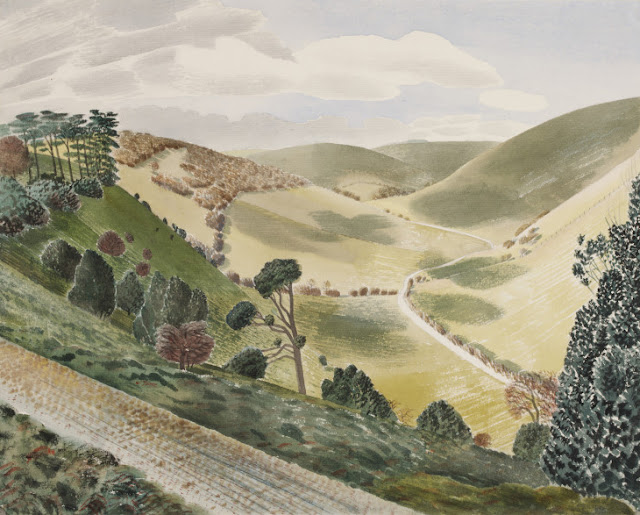
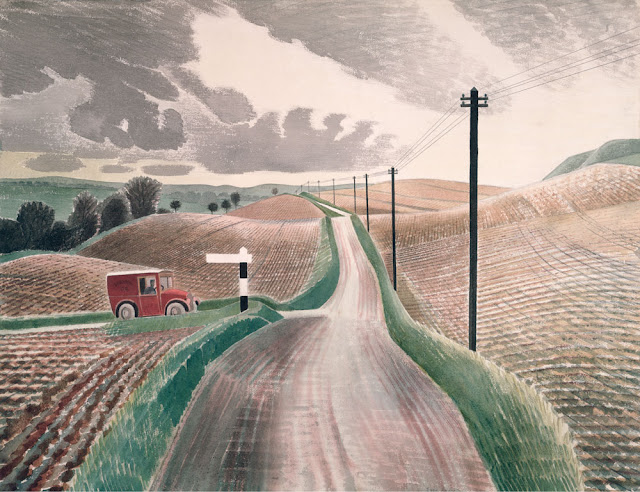


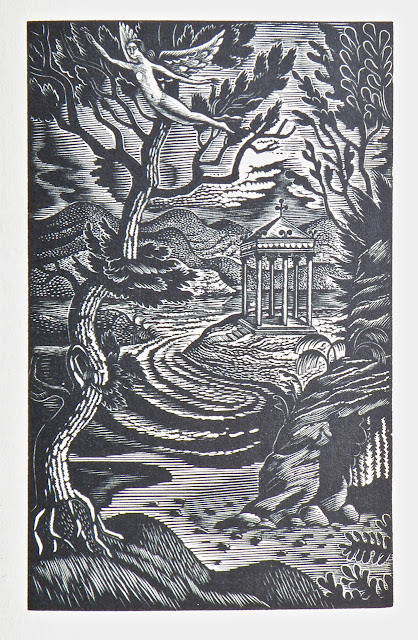
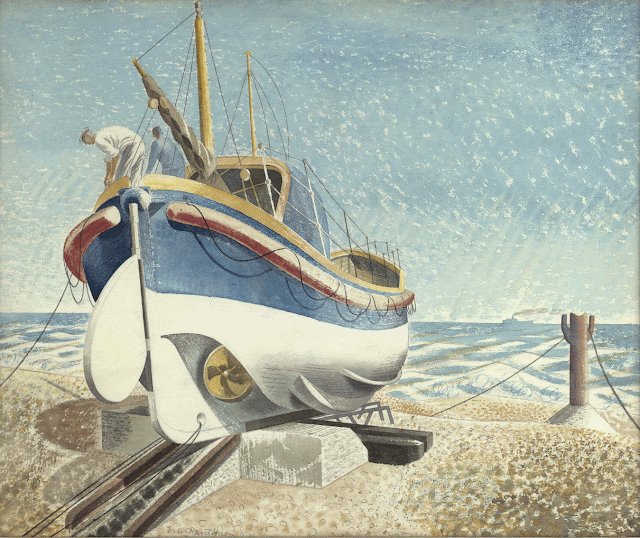

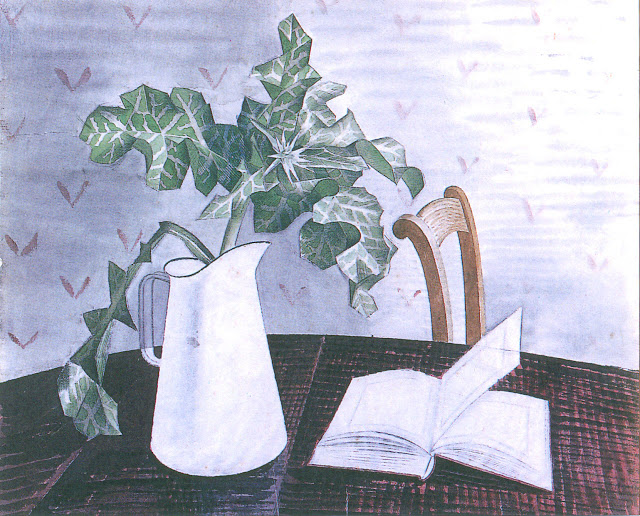

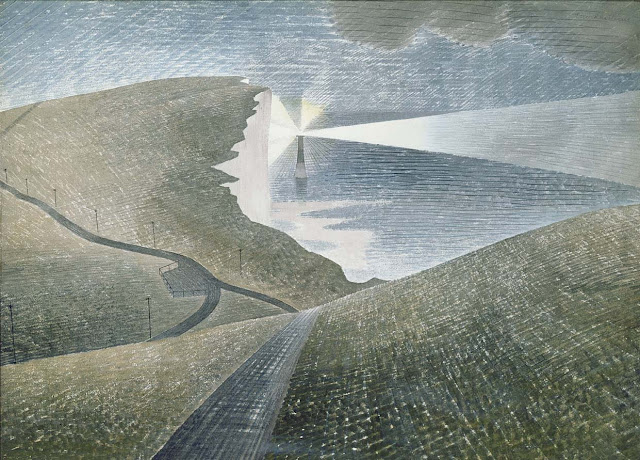
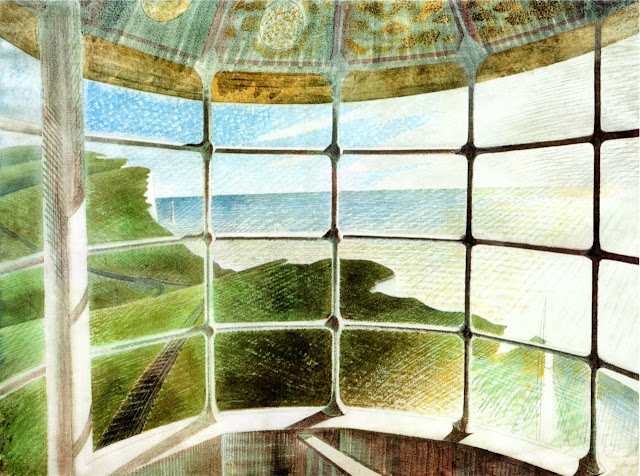


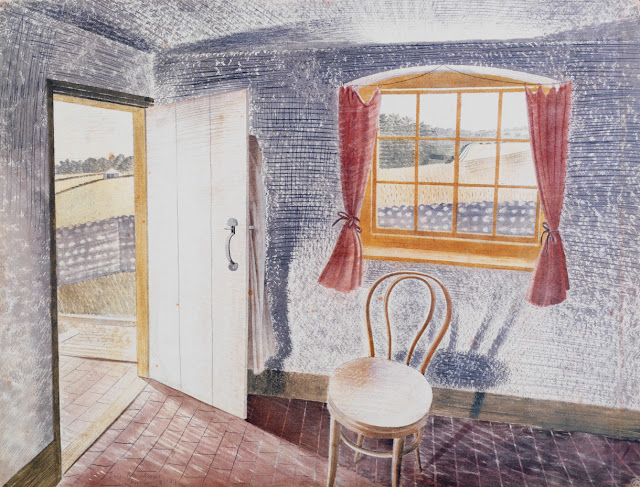

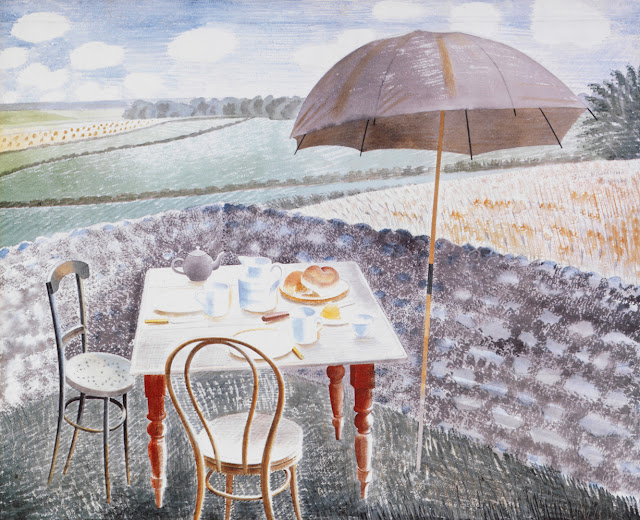





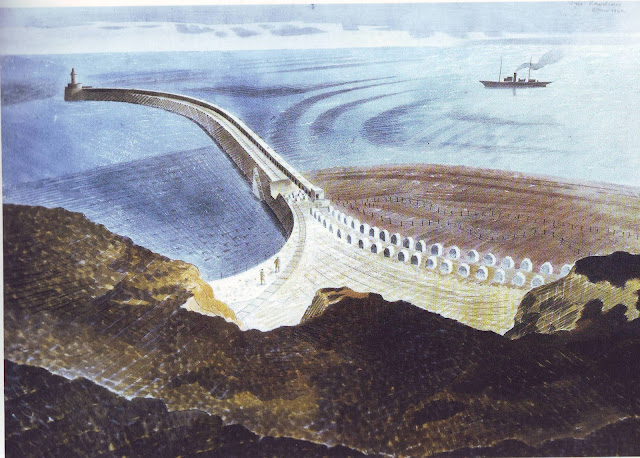


+.jpg)
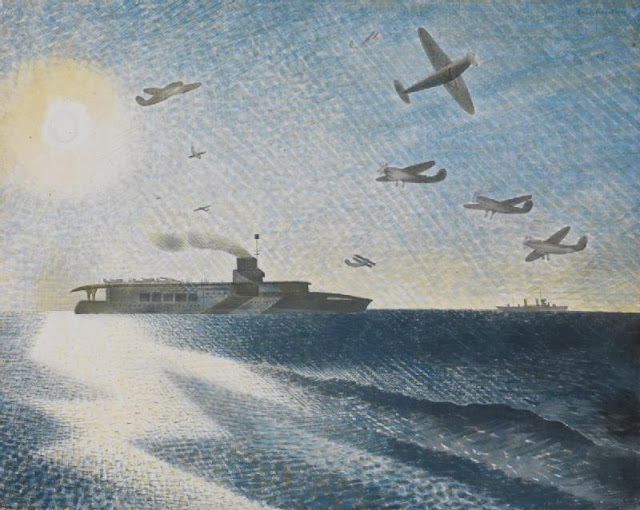
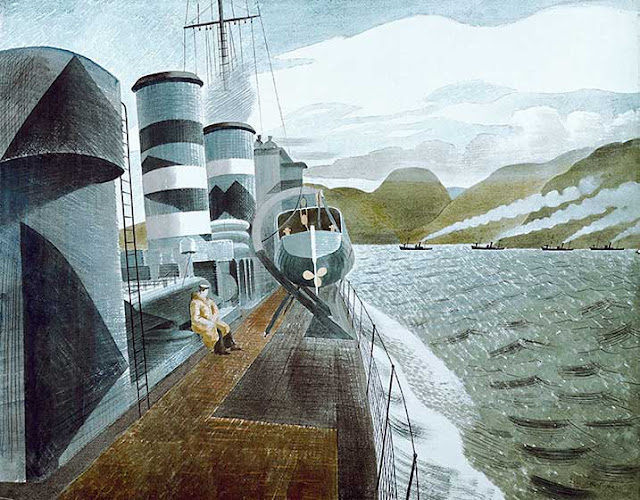

+U.K..jpg)







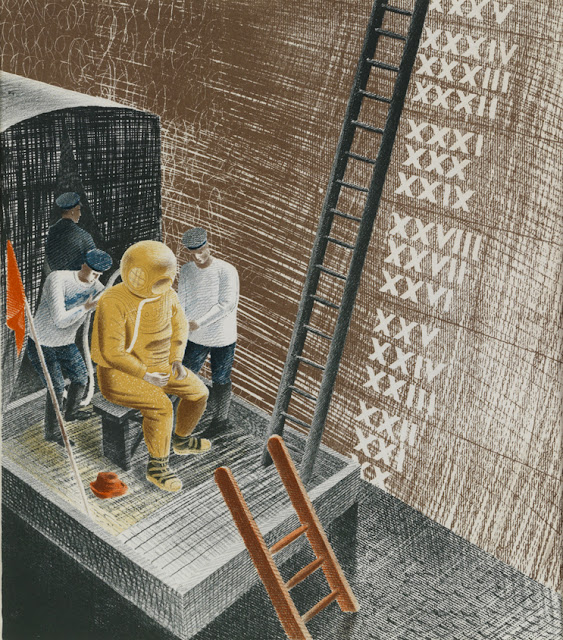
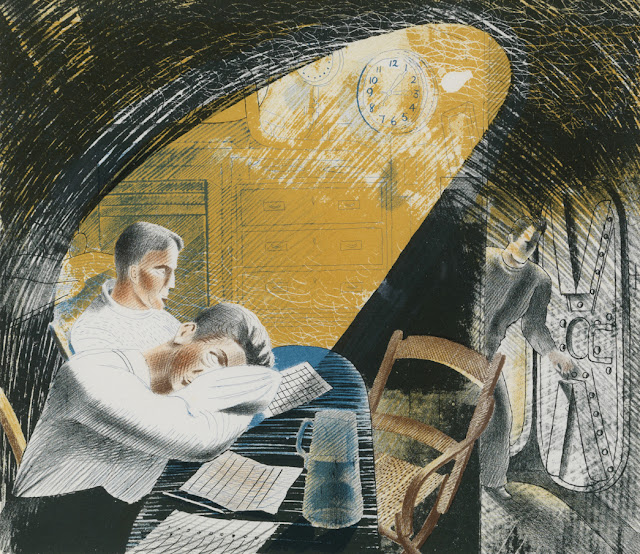

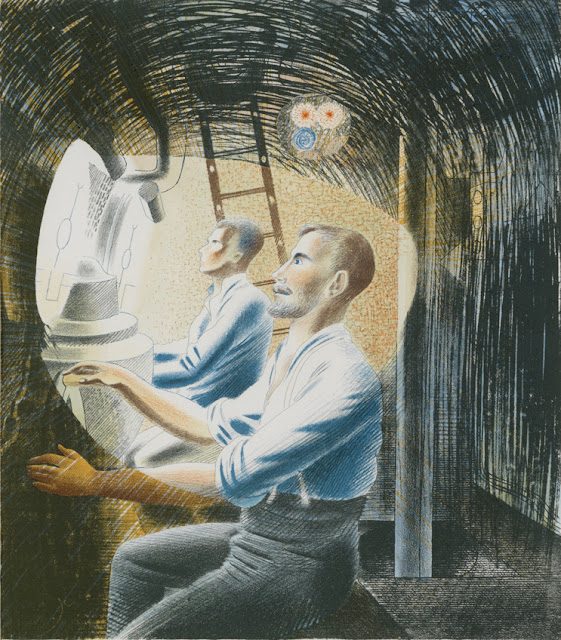


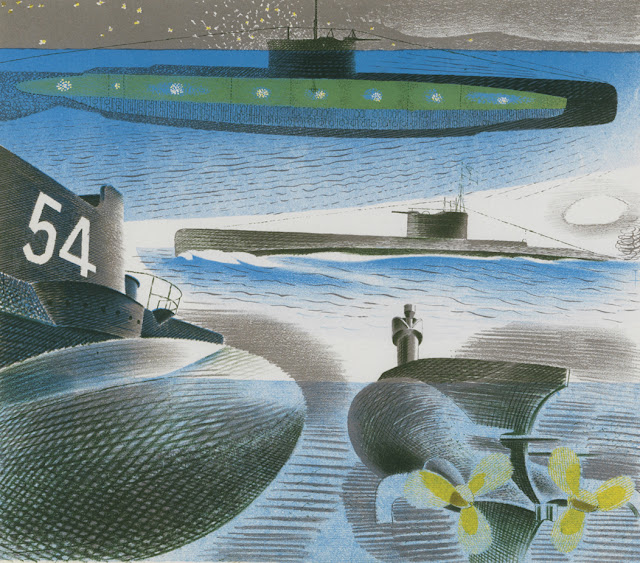
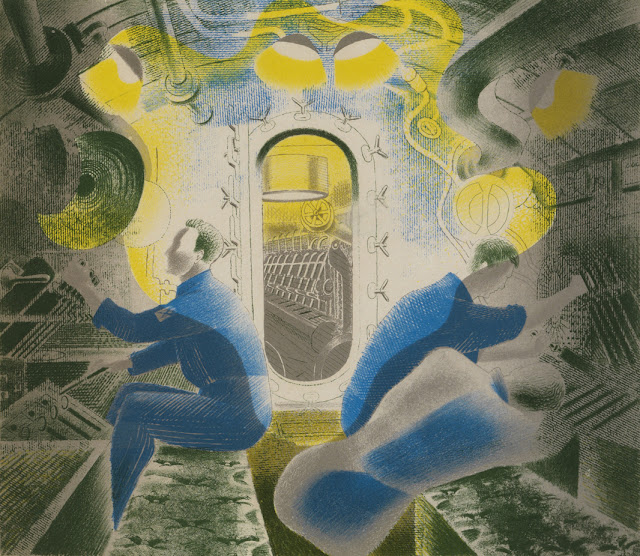





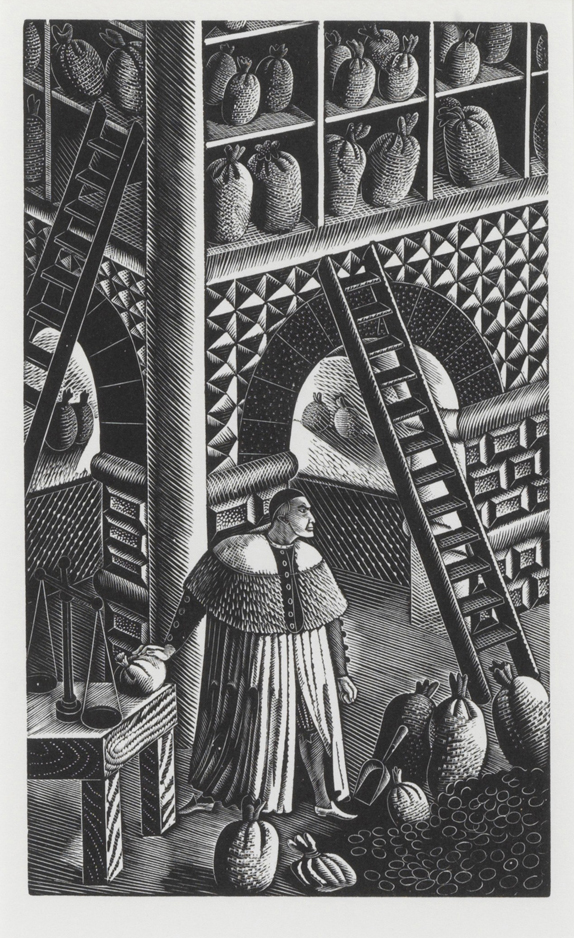








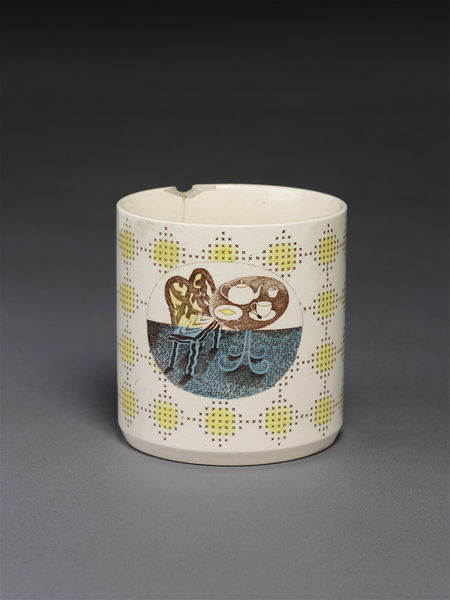



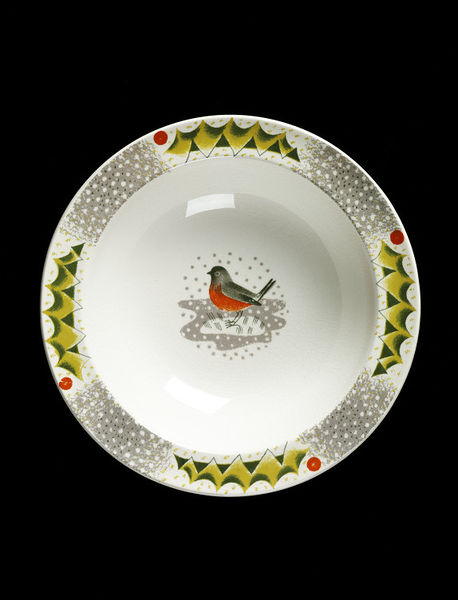




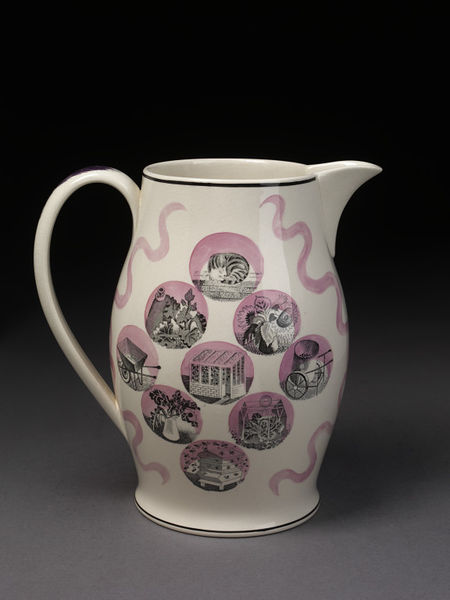
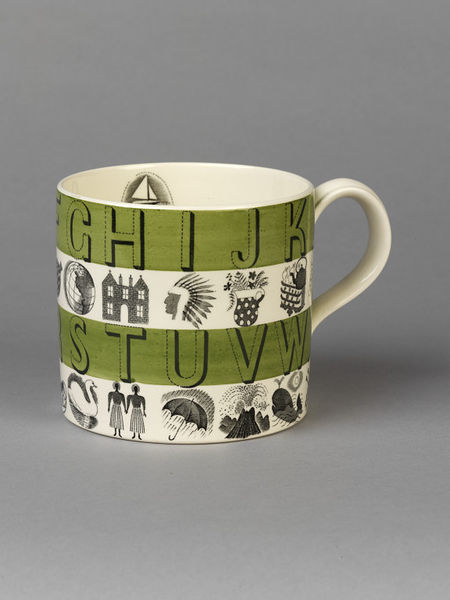
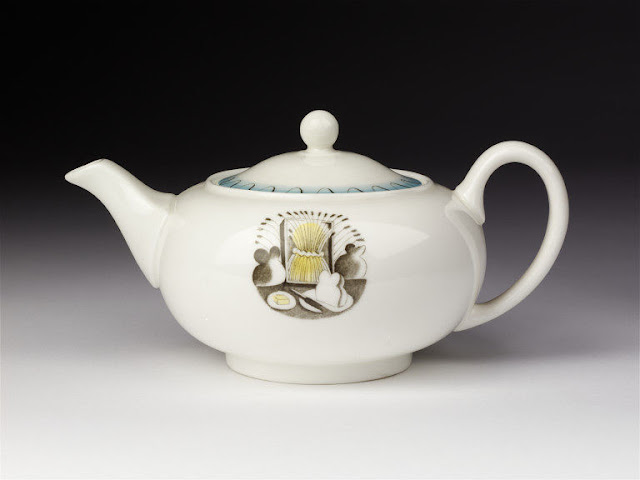




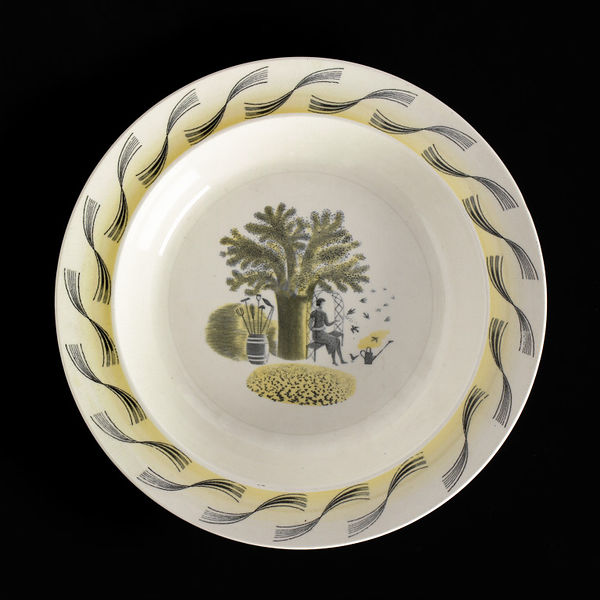


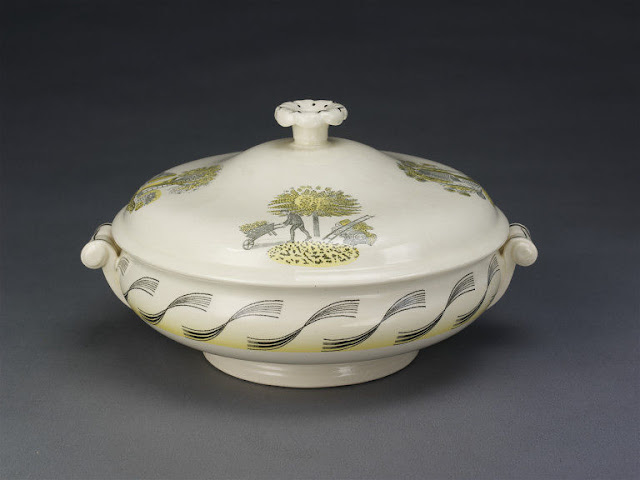

+Travel+earthenware+soup+bowl+transfer+printed+%C2%A9+Victoria+and+Albert+Museum,+London.jpg)



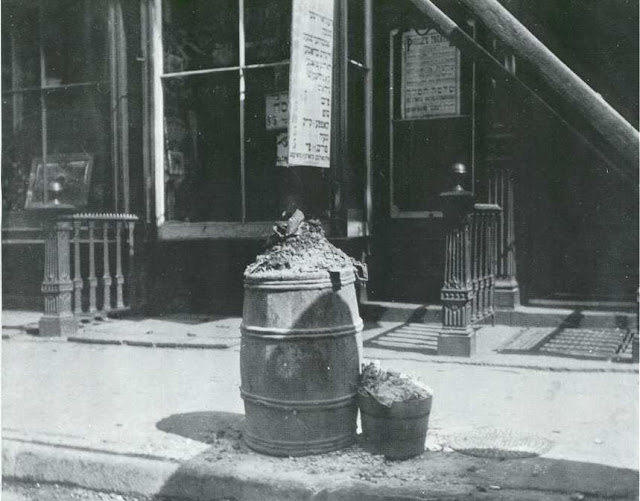




+gelatin+dry+plate+negative.jpg)

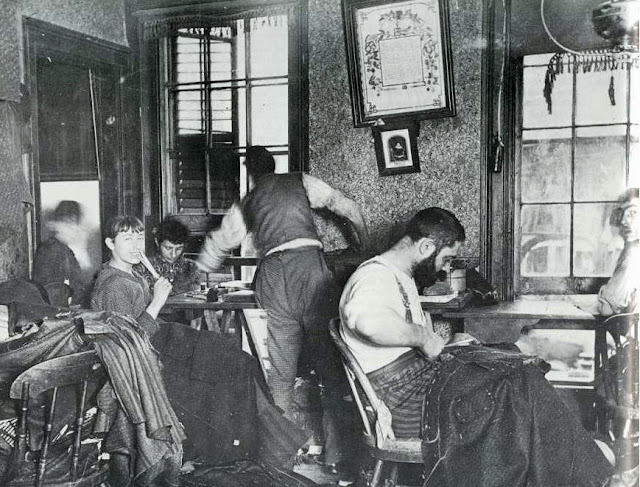

.+gelatin+dry+p;ate+negative.jpg)



















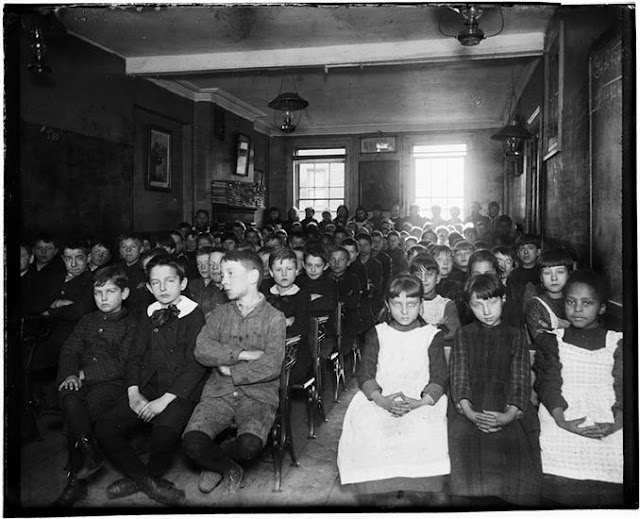+in+West+52nd+Street+gelatin+dry+plate+negative.jpg)






+in+Bleeker+Street,+on+a+back+lot+between+Mercer+and+Greene+Streets.+gelatin+dry+plate+negative.jpg)











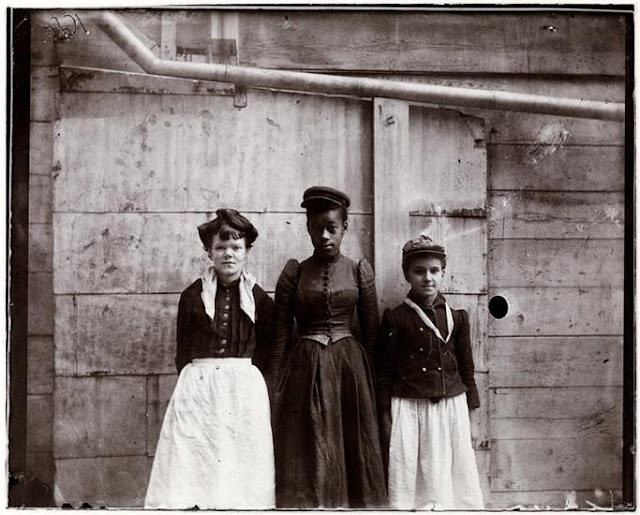




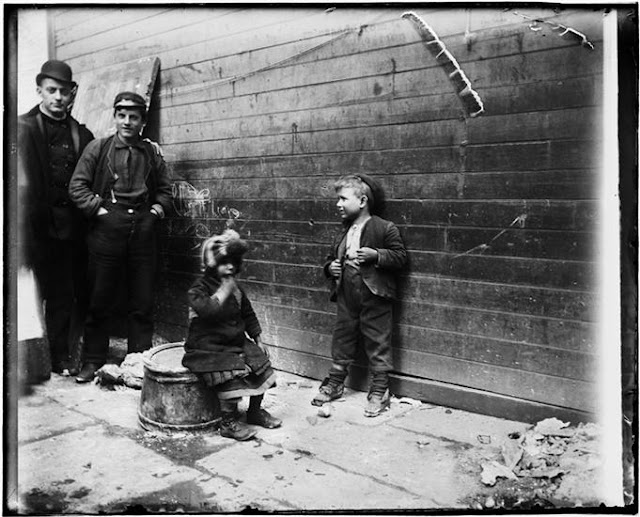

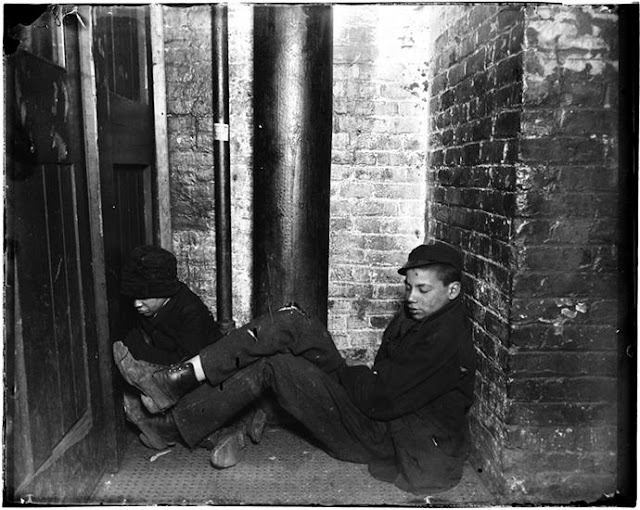







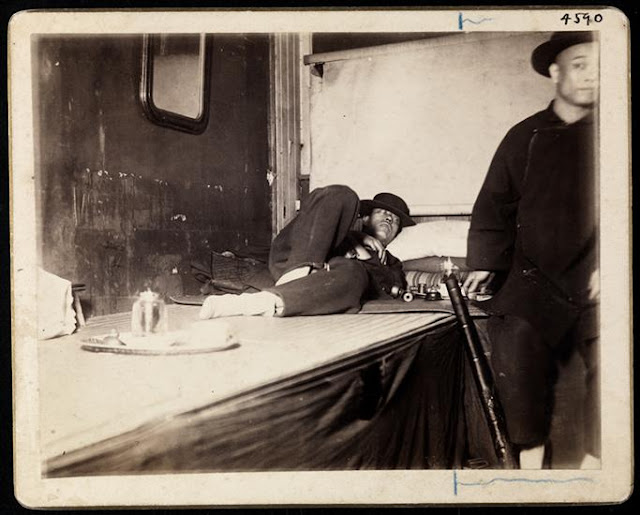



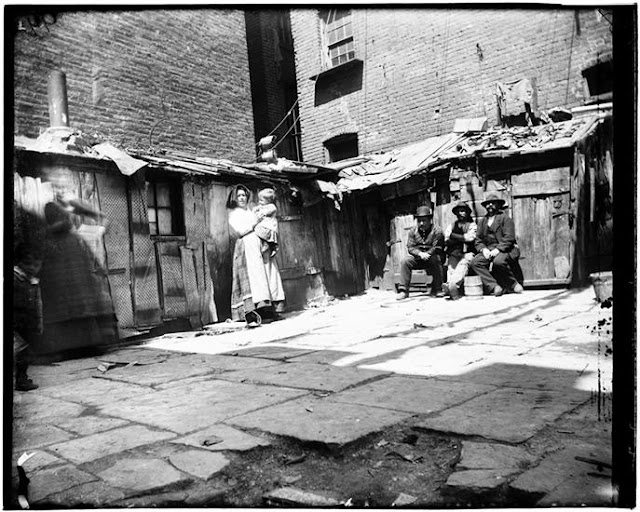+where+Italians+lived+in+the+then+worst+slums..+gelatin+dry+plate+negative.jpg)
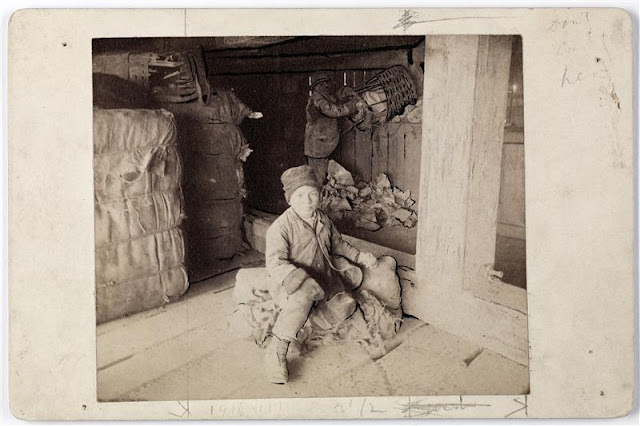
.+The+Children+of+detained+or+waiting+immigrants.+gelatin+silver+print.jpg)







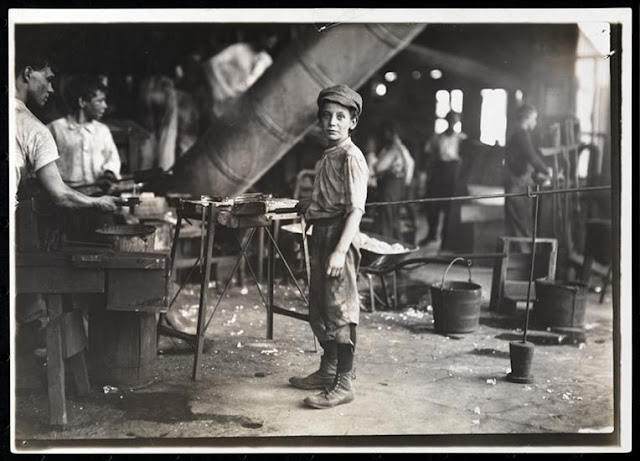

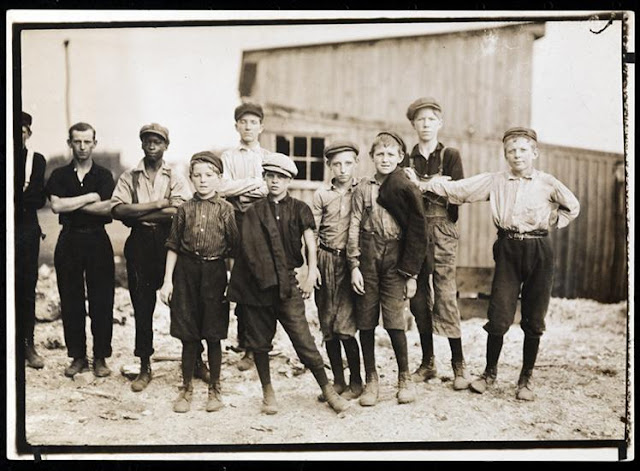


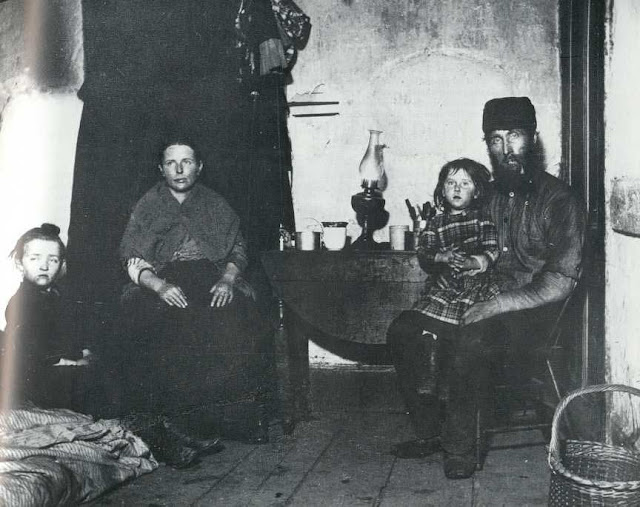








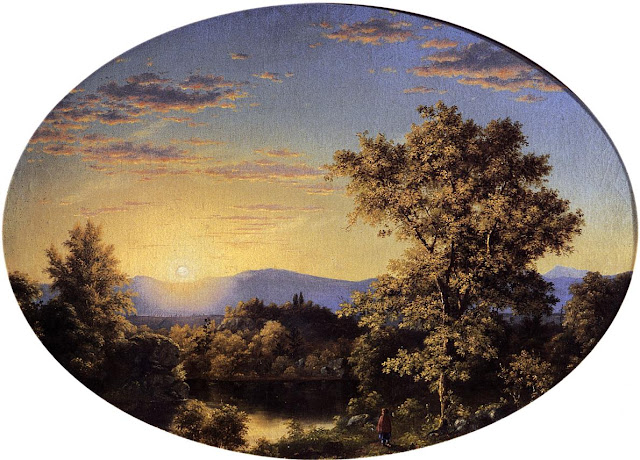









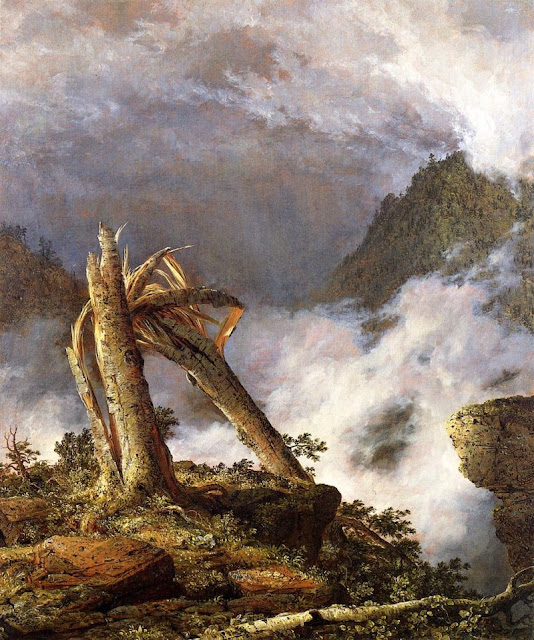
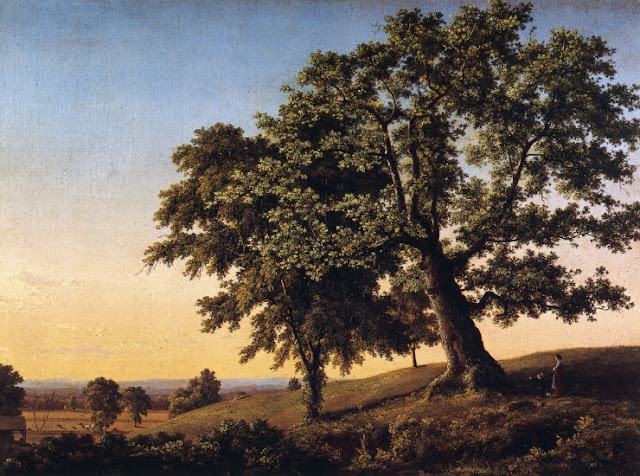


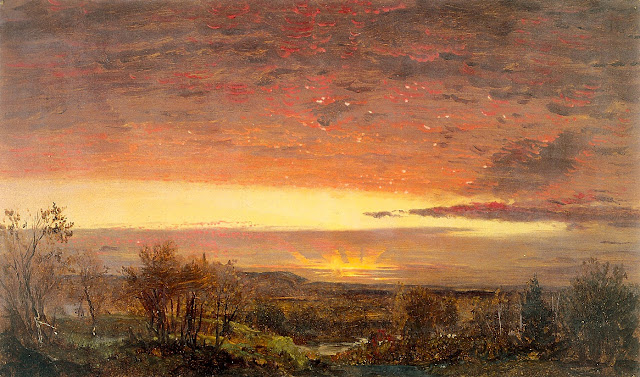
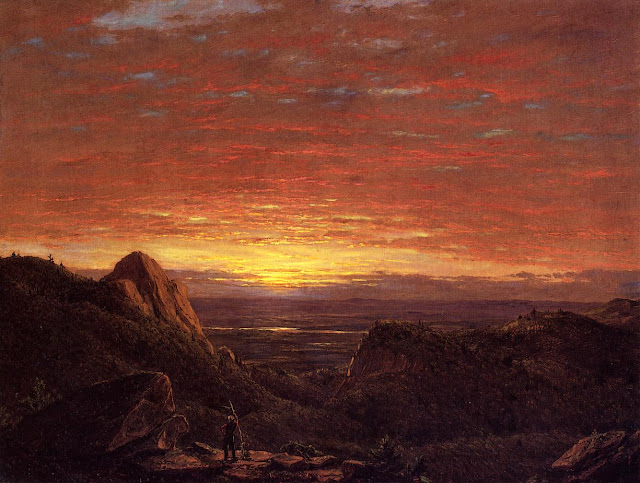





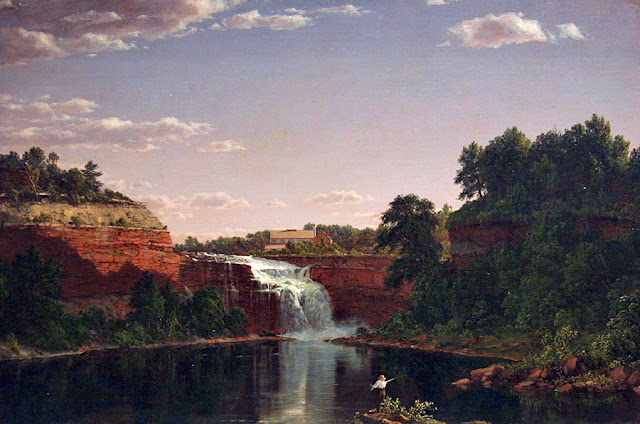
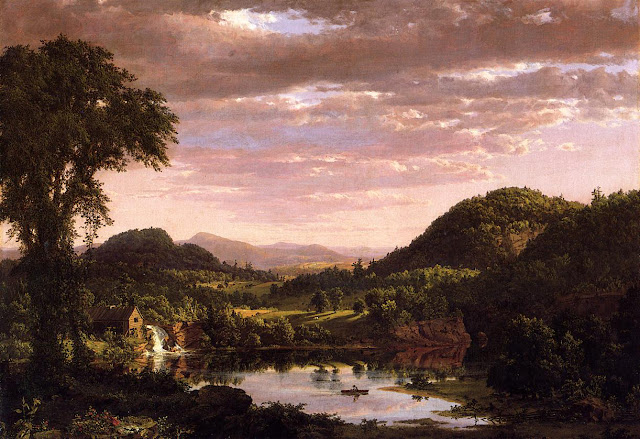+oil+on+canvas+63.8+x+92.1+cm.jpg)



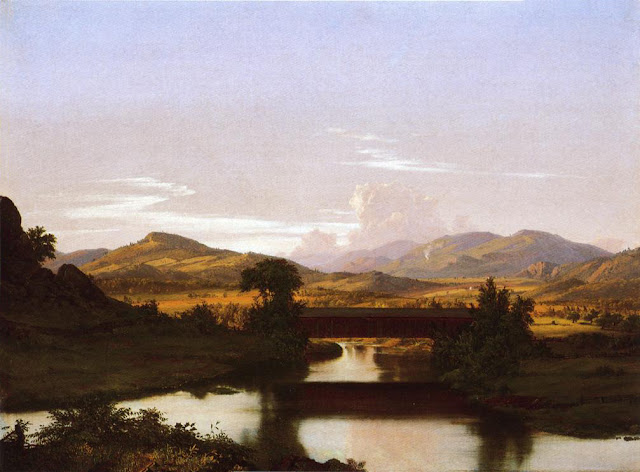





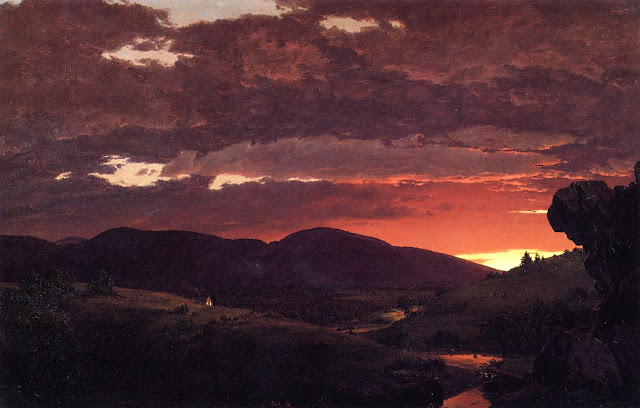


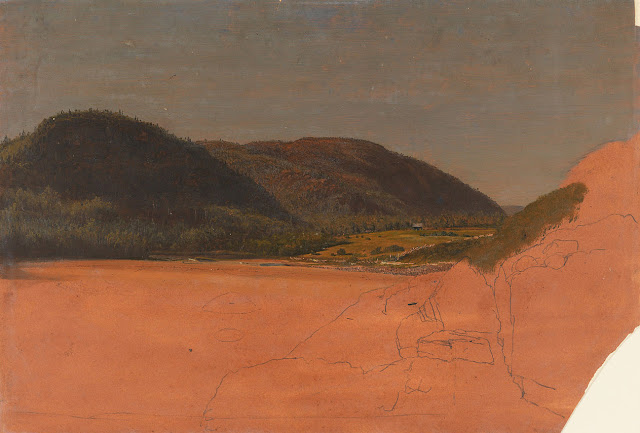
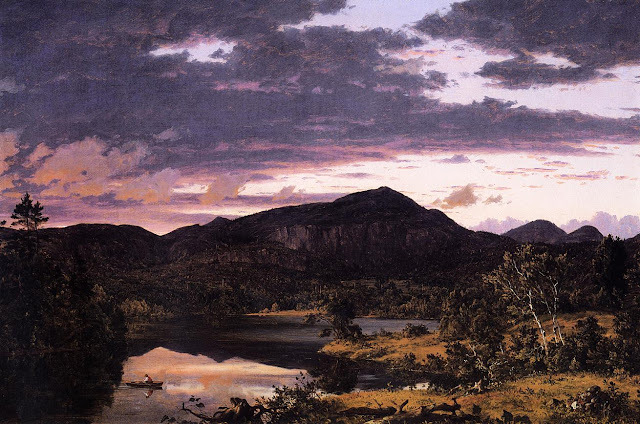



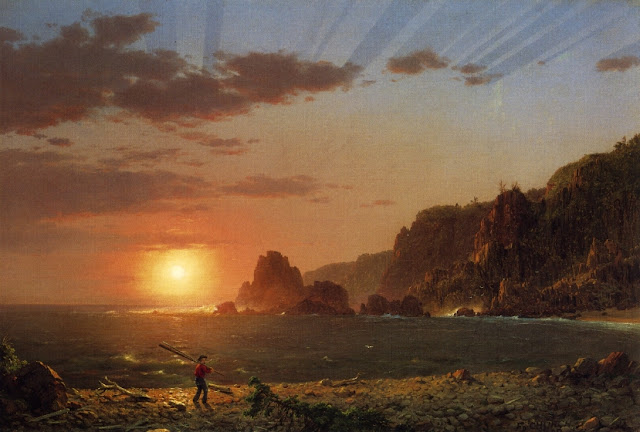


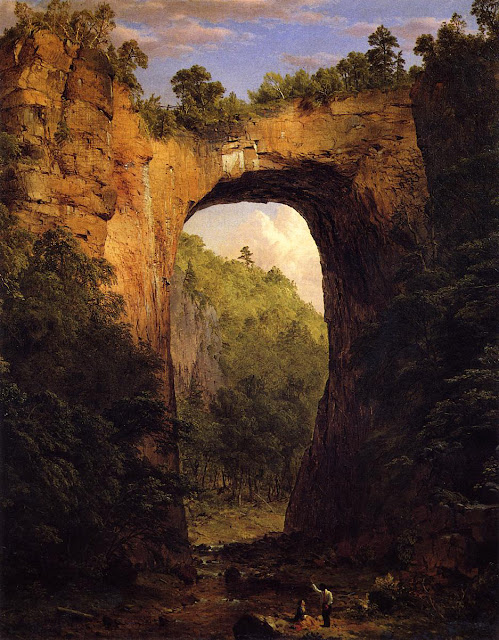

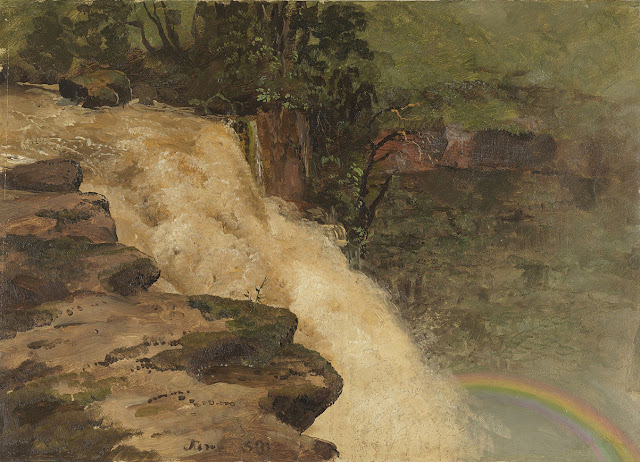

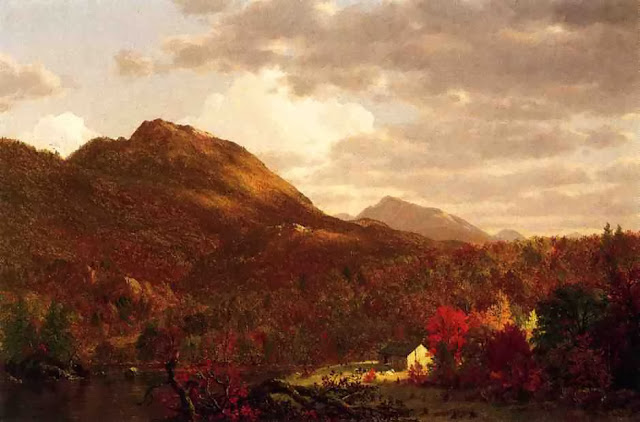


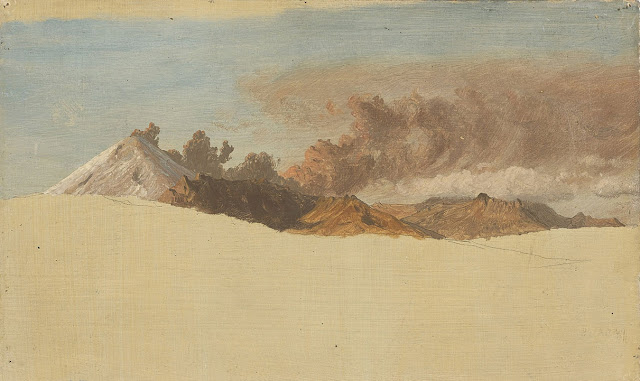
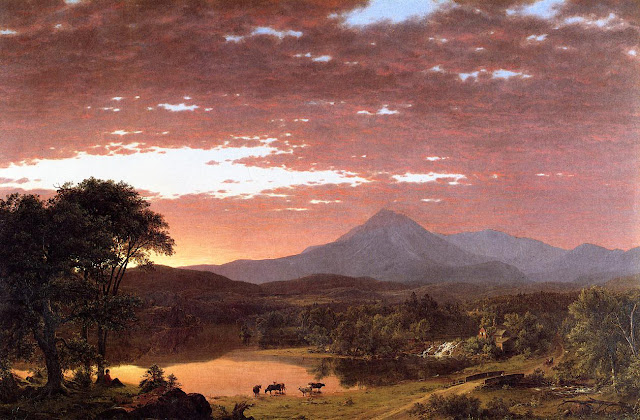+oil+on+canvas+92.1+x+140.3+cm.jpg)




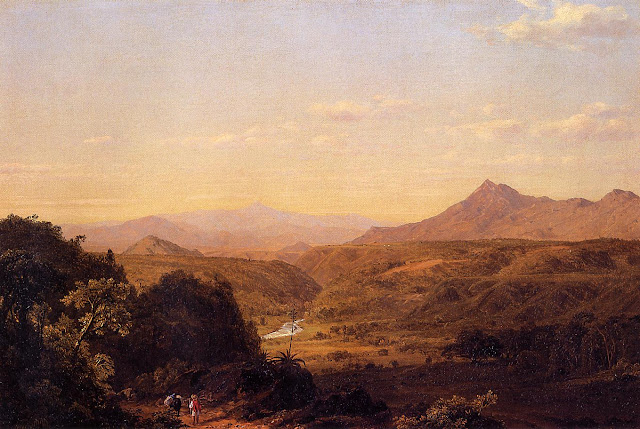











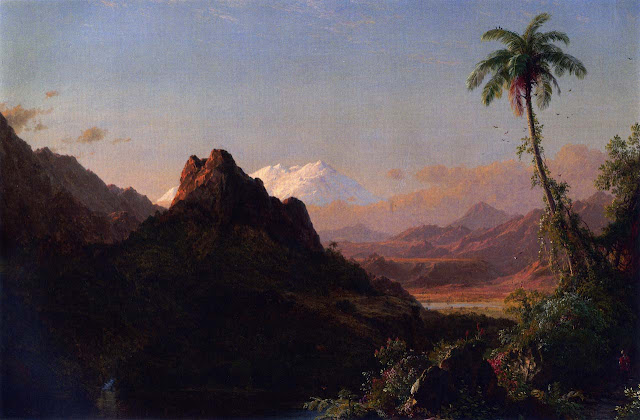


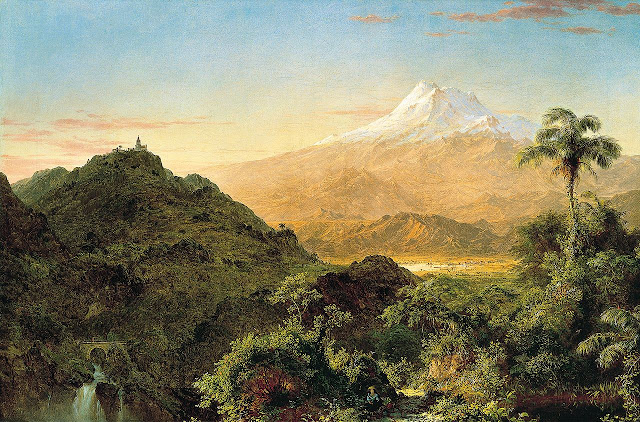



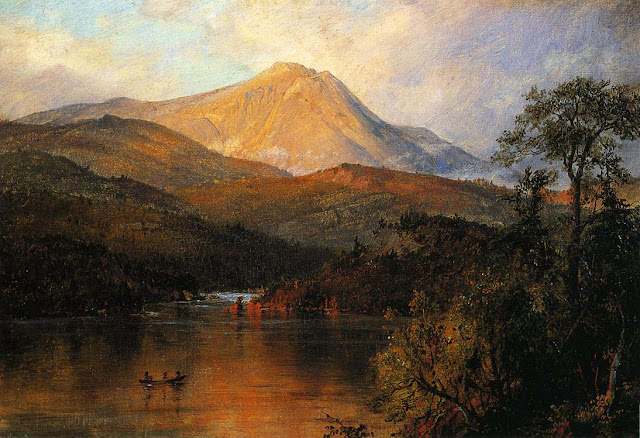
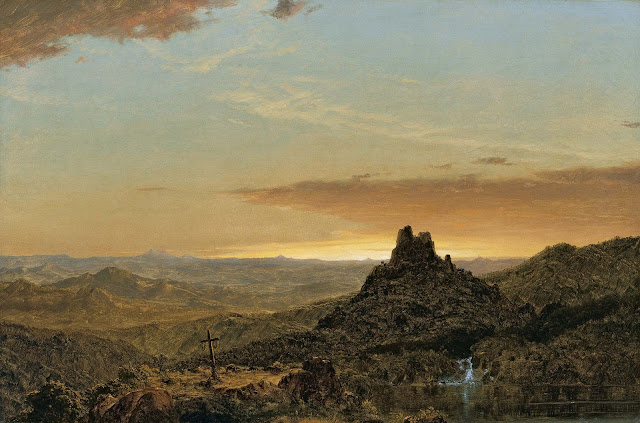
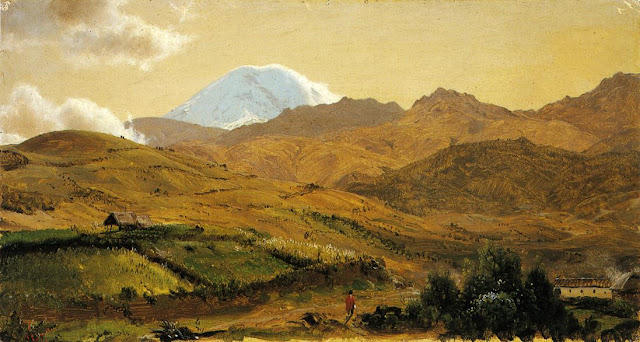

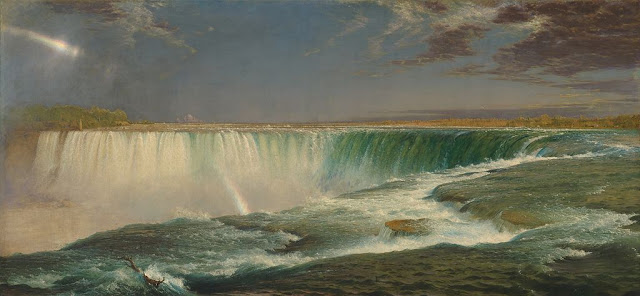


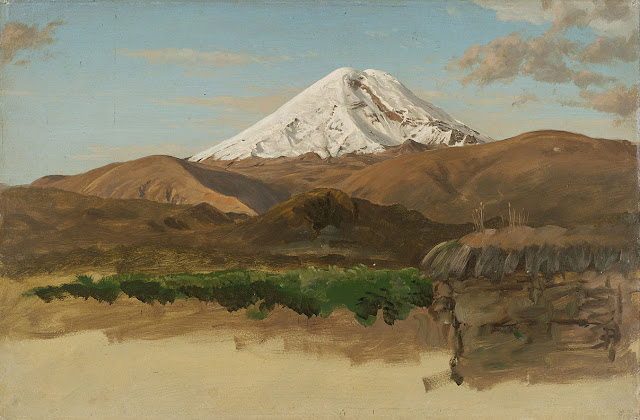




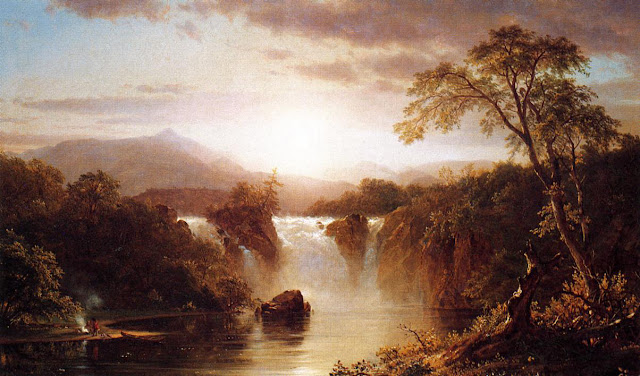



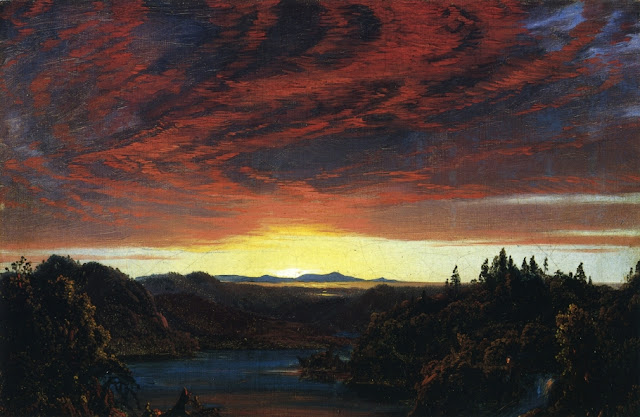












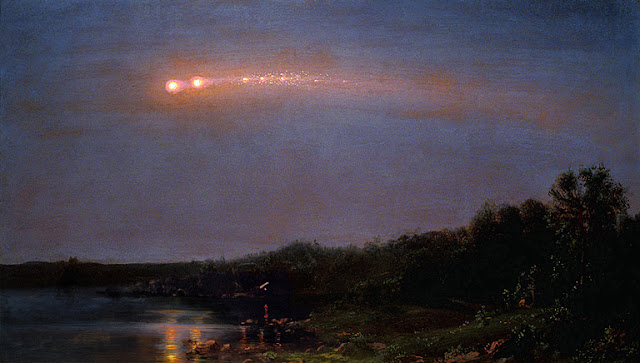



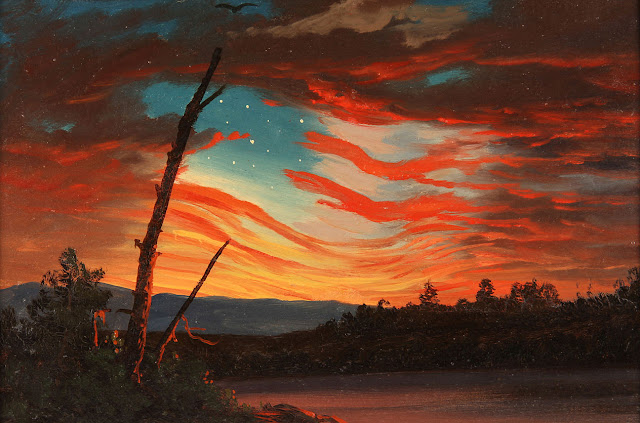

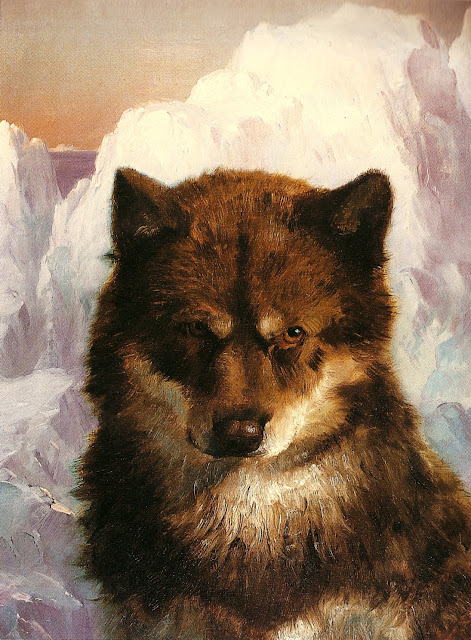
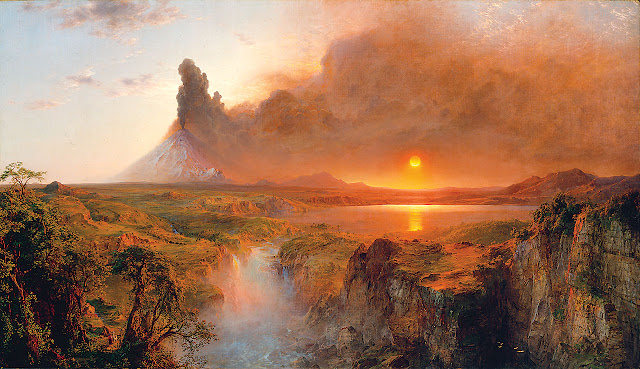
+oil+on+canvas+26.7+x+45.6+cm.jpg)

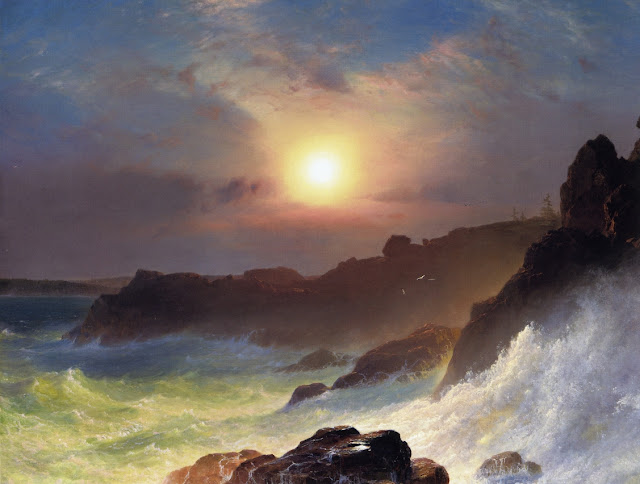
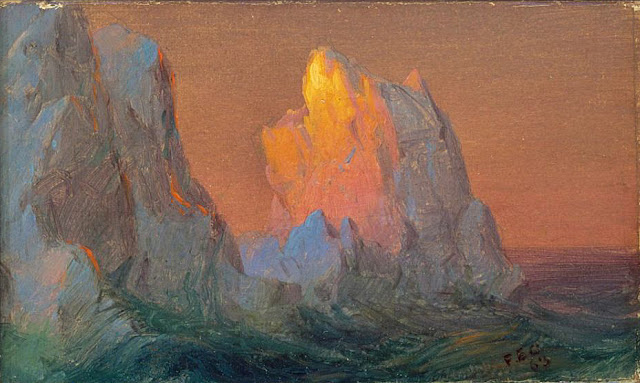
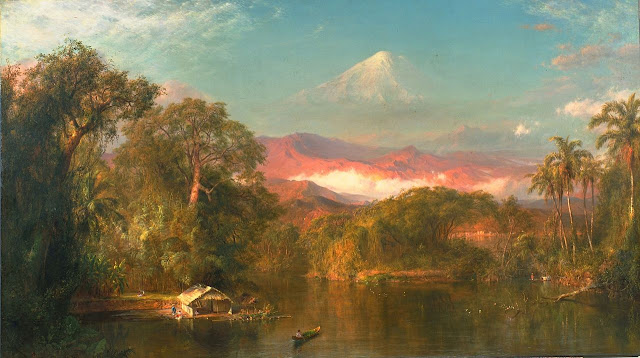

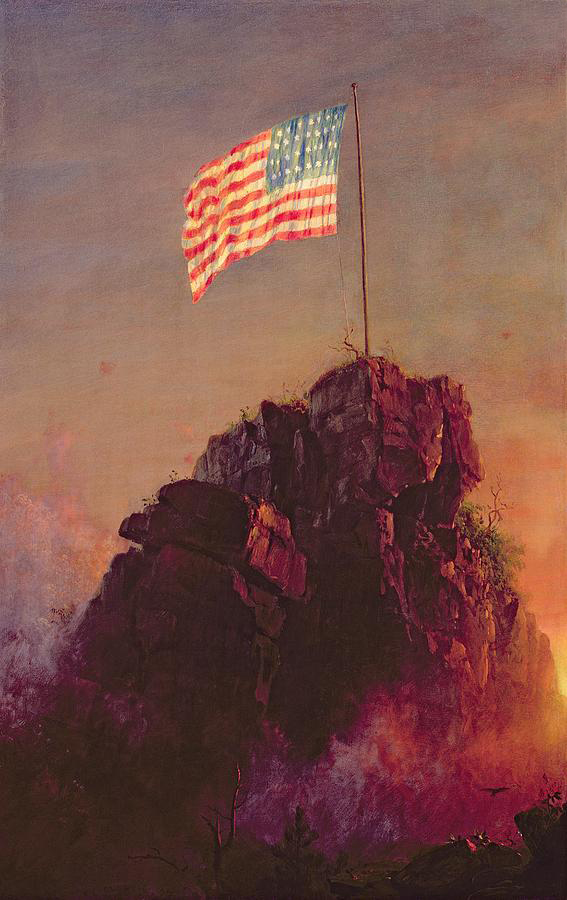

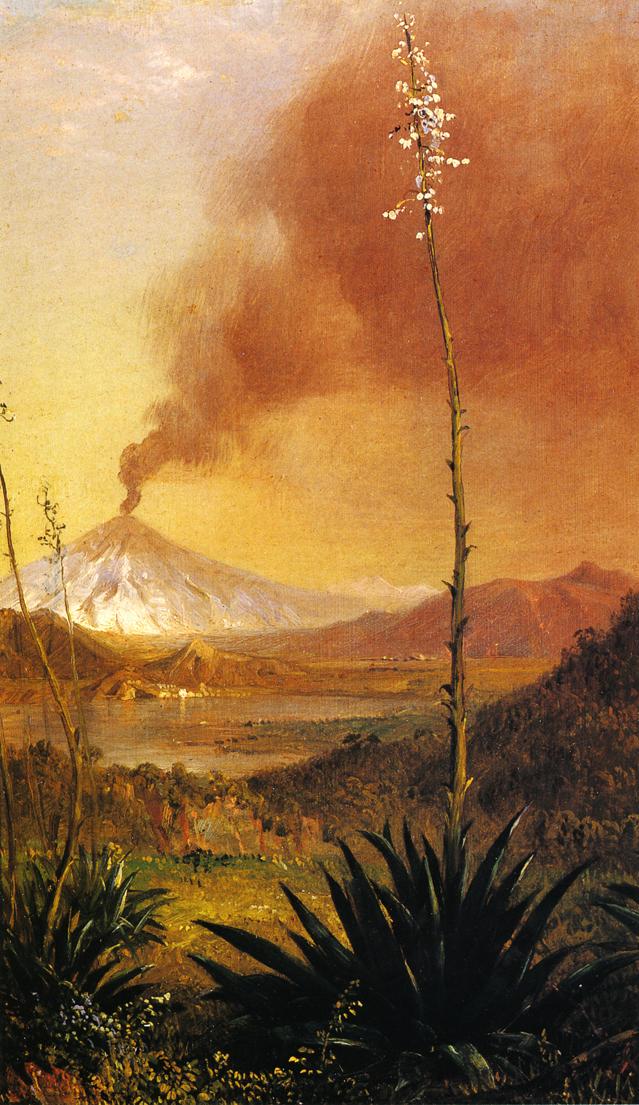









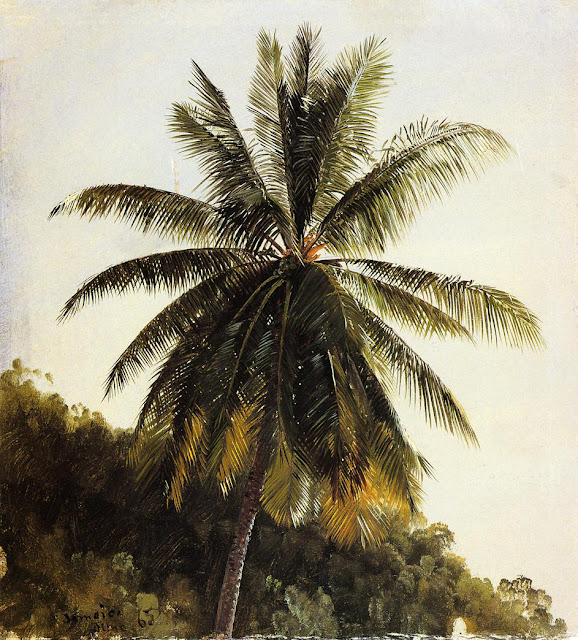



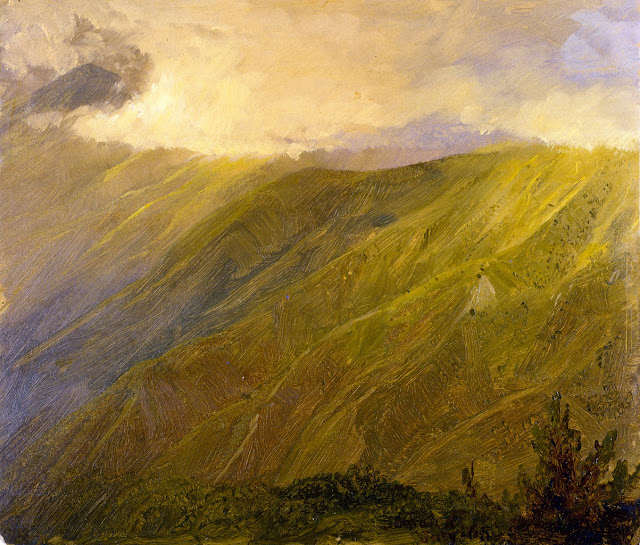
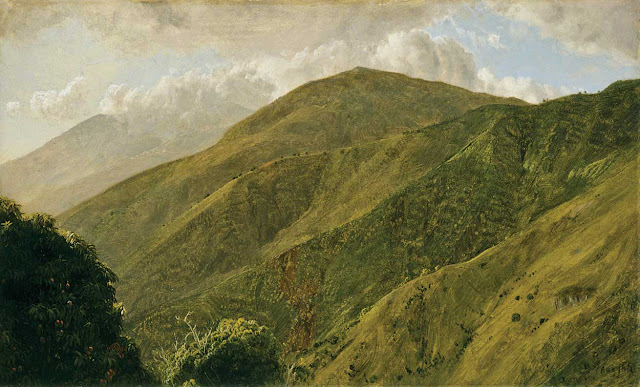

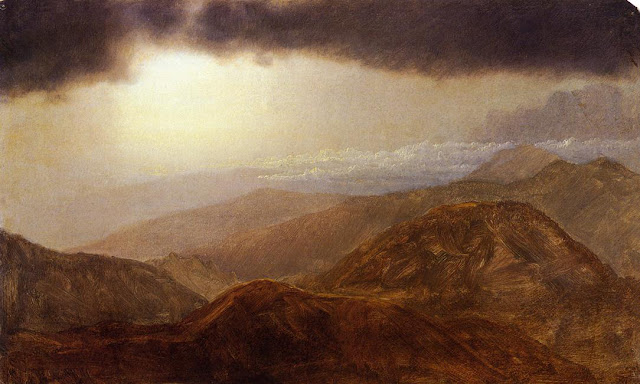

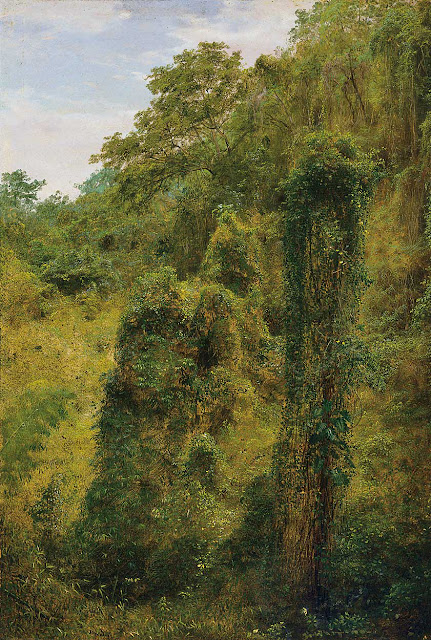

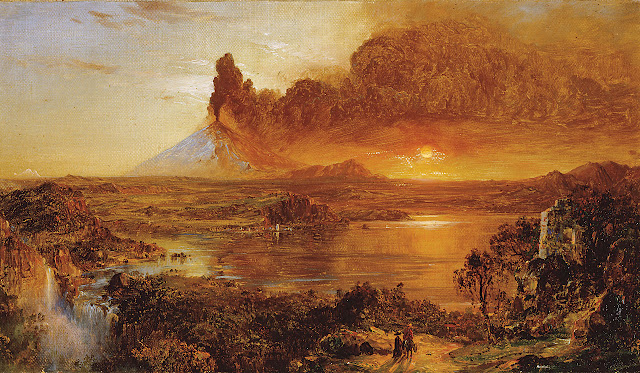




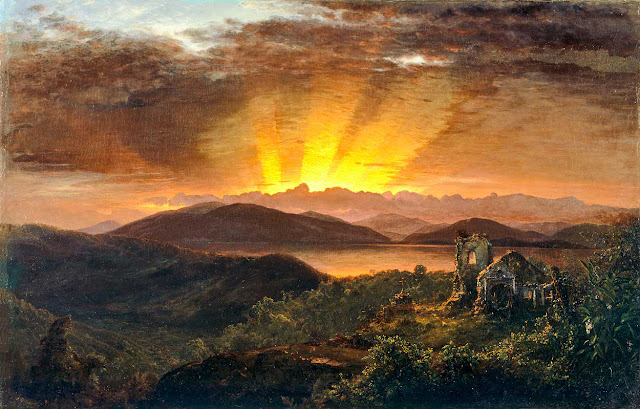




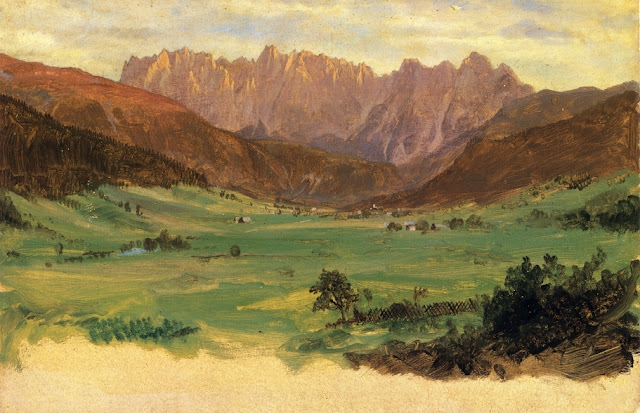



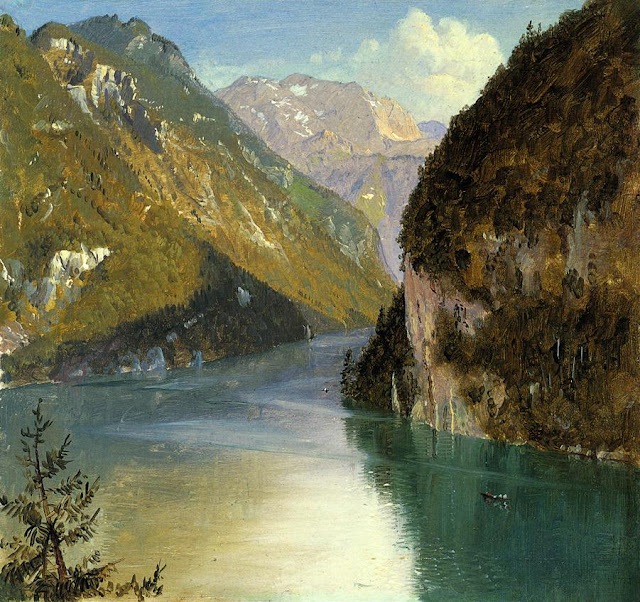
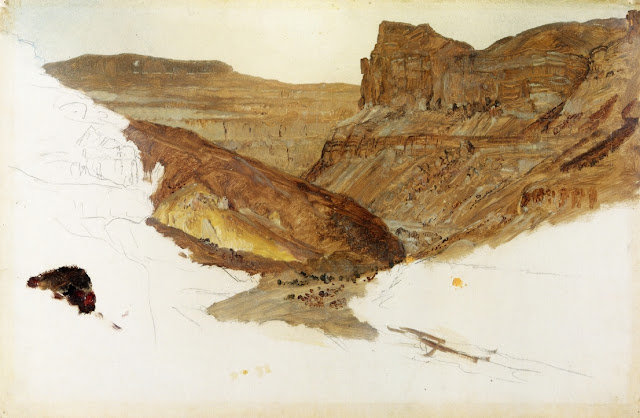


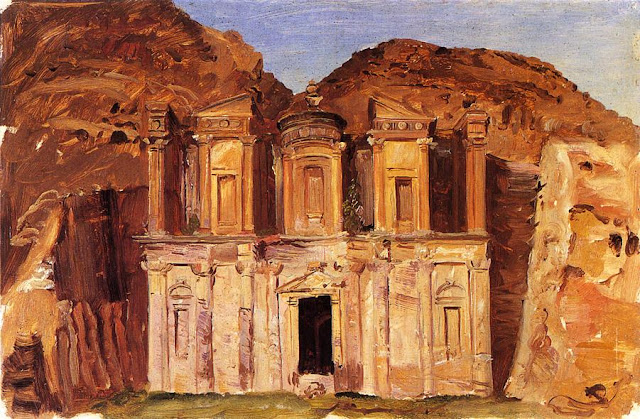
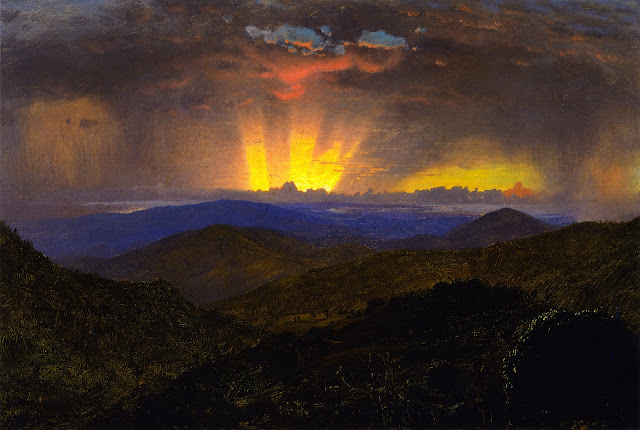

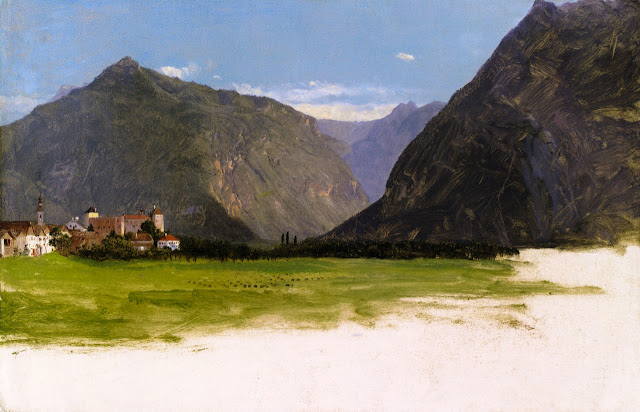




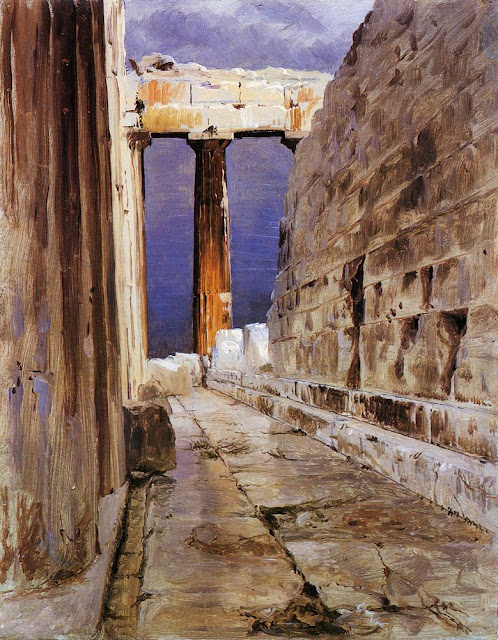
+oil+on+paperboard+32.9+x+41.4+cm.jpg)





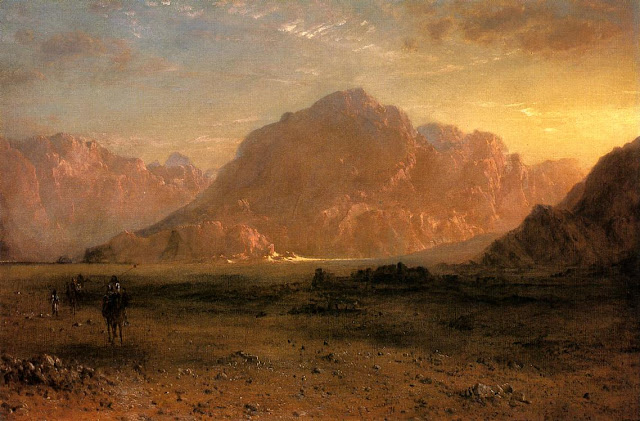
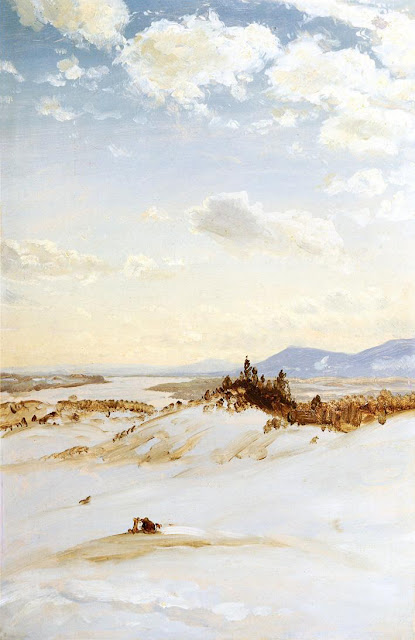



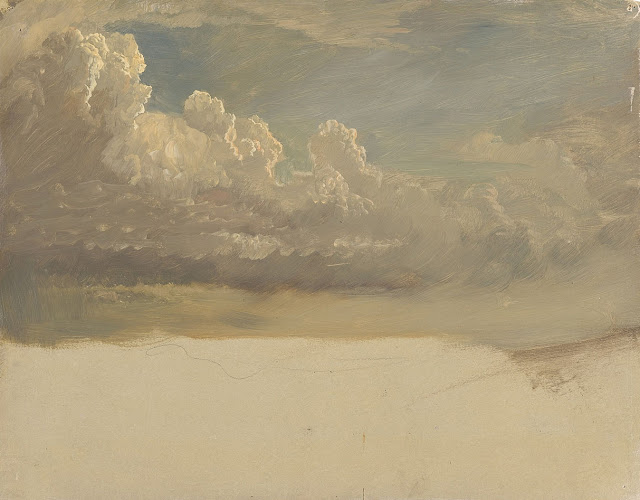

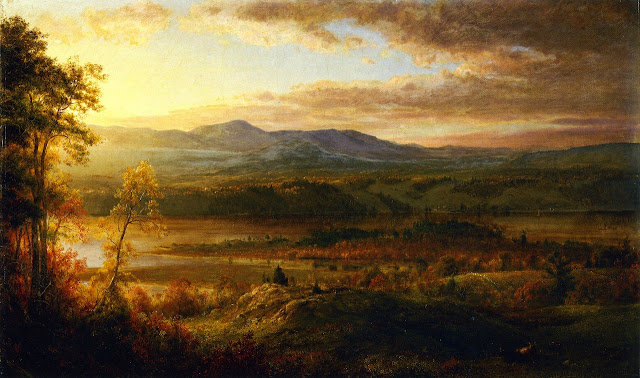



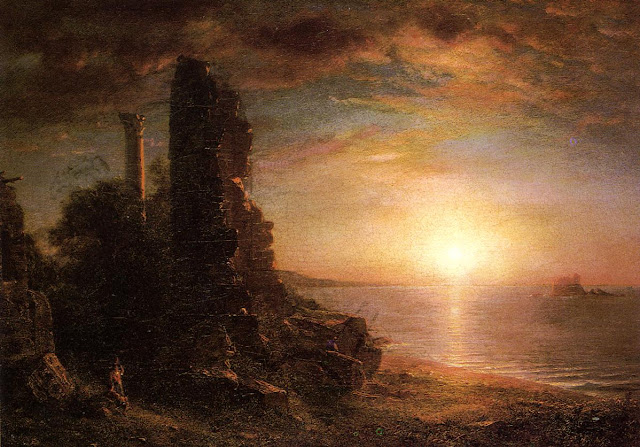








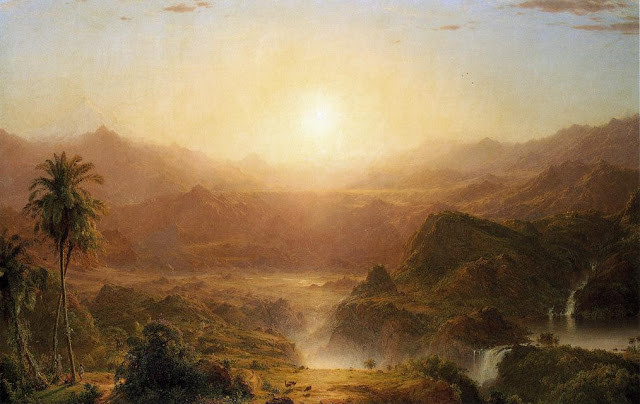


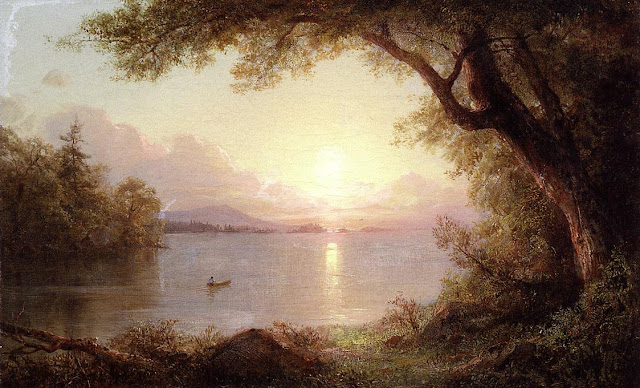+oil+on+canvas+21.6+x+33+cm.jpg)

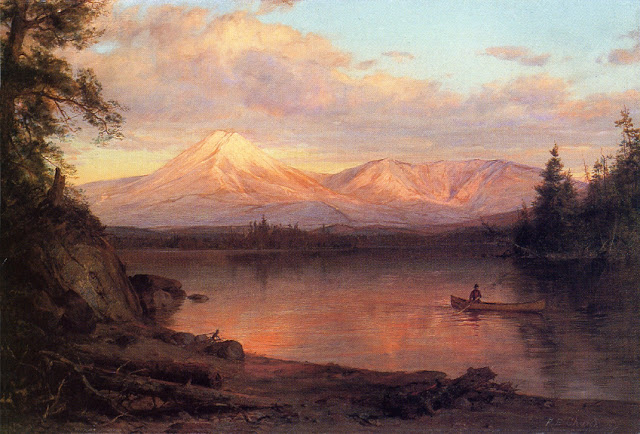

+oil+on+canvas+.jpg)


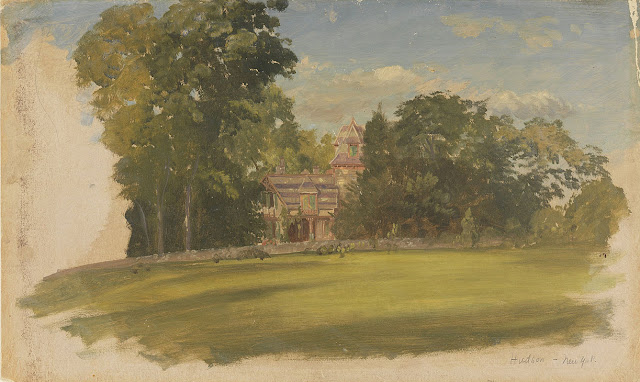












































































.jpg)
















































































































































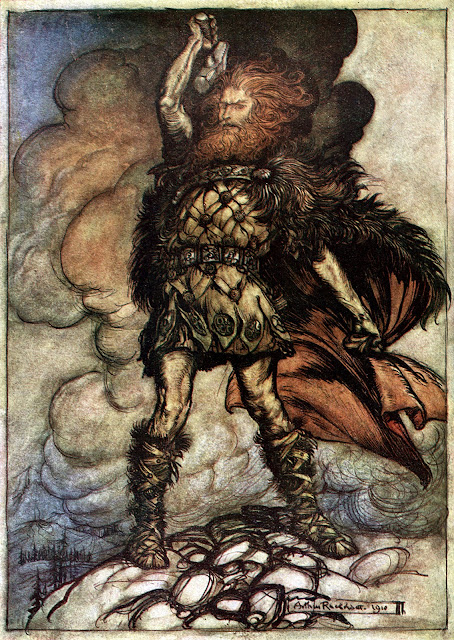



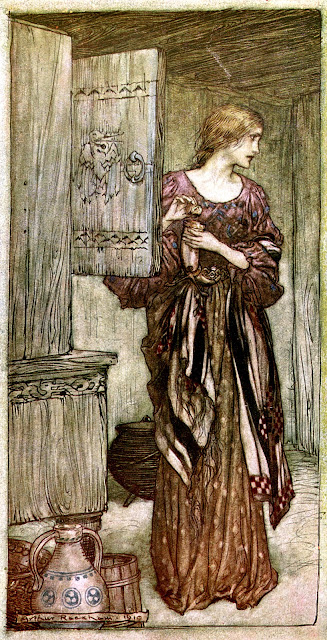



























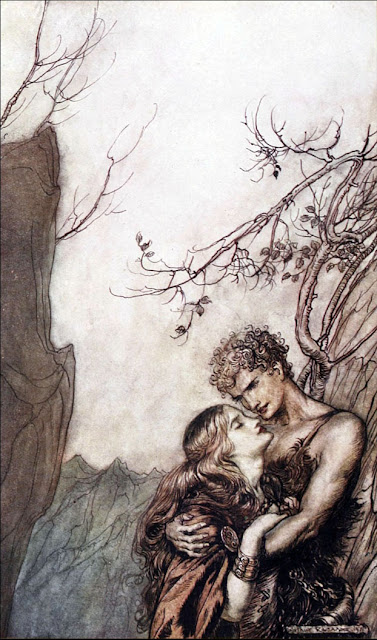














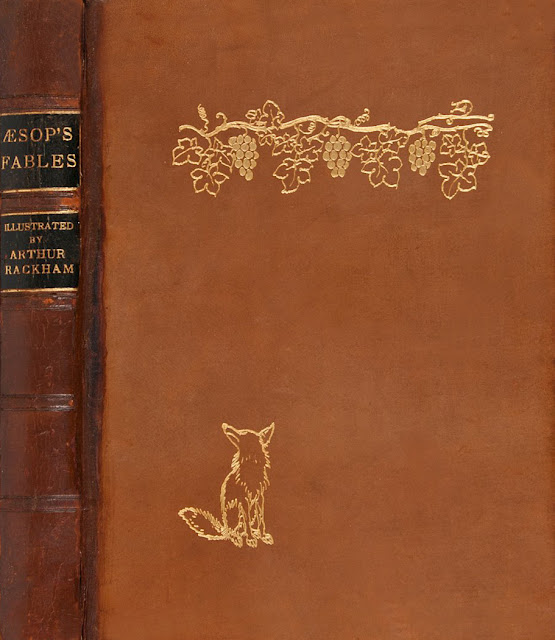












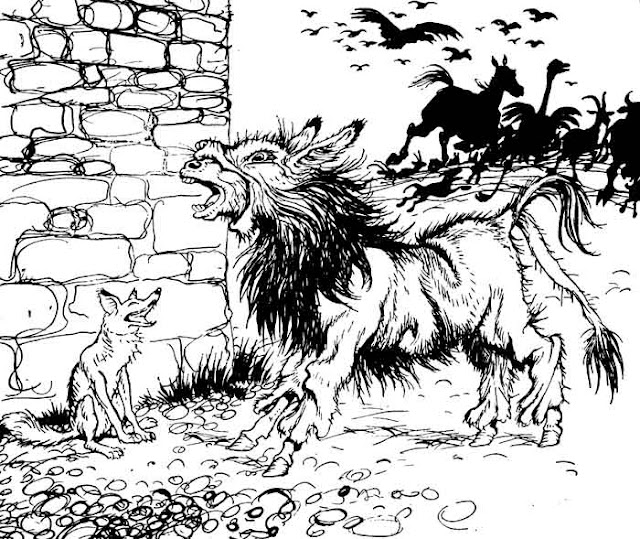




































































































































































































































,+New+York.jpg)
,+New+York.jpg)
,+New+York.jpg)
+%C2%A9+2013+Barnett+Newman+Foundation+-+Artists+Rights+Society+(ARS),+New+York+.jpg)
,+New+York+.jpg)
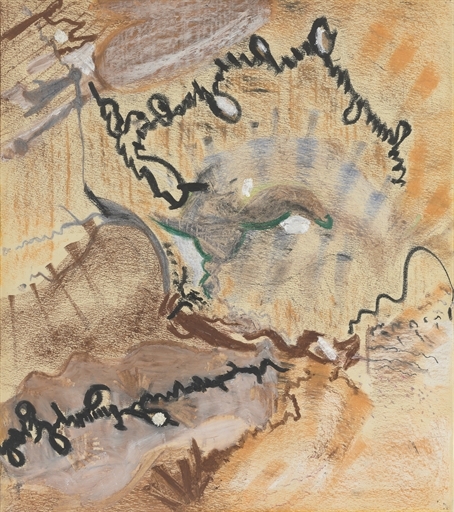


,+New+York+.jpg)
+ink+on+paper+91.4+x+61+cm+1961+Untitled+lithograph+%C2%A9+Barnett+Newman+Foundation+:+Artists+Right+Society+(ARS),+New+York.jpg)
,+New+York+2.jpg)
,+New+York.jpg)
,+New+York+.jpg)


,+New+York.jpg)
,+New+York.jpg)
,+New+York.jpg)
,+New+York.jpg)

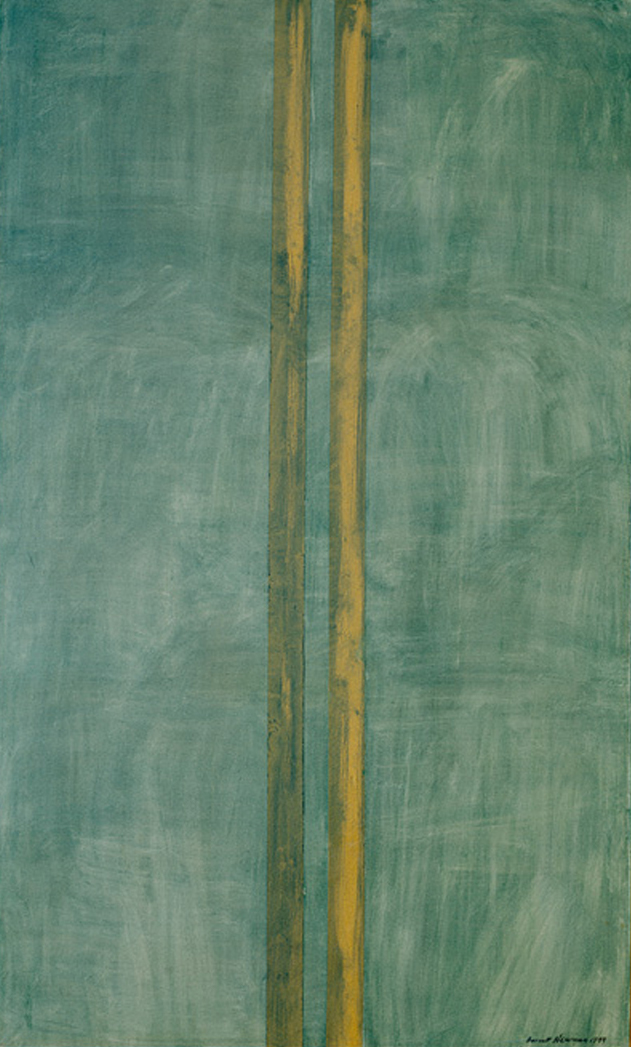+50.6+x+35.4+cm+(sheet)+%C2%A9+2011+Barnett+Newman+Foundation+-+Artists+Rights+Society+(ARS),+New+York+.jpg)
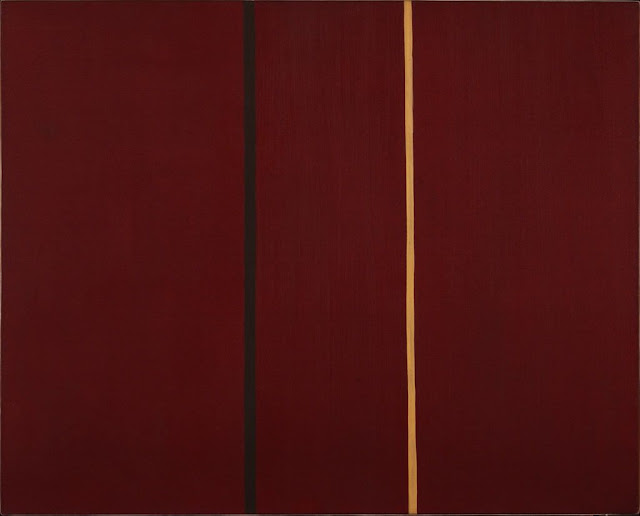+50.6+x+35.4+cm+(sheet)+%C2%A9+2013+Barnett+Newman+Foundation+:+Artists+Rights+Society+(ARS),+New+York+.jpg)


,+New+York.jpg)
,+New+York+.jpg)

+bronze+272+x+69+x+72+cm.jpg)

,+New+York+.jpg)




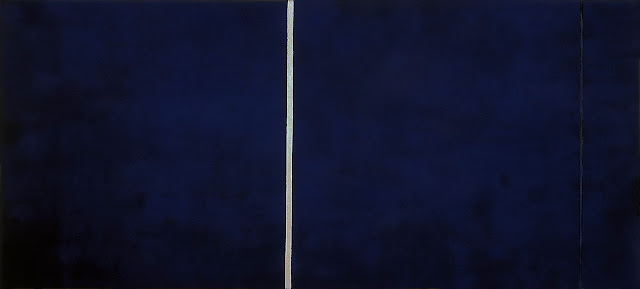,+New+York.jpg)

+-+SODRAC+(Montre%CC%81al)+.jpg)

,+New+York.jpg)

,+New+York.jpg)
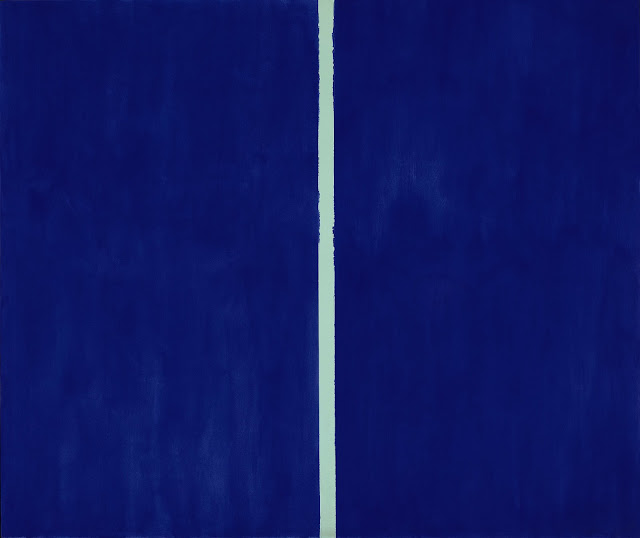,+New+York+*.jpg)

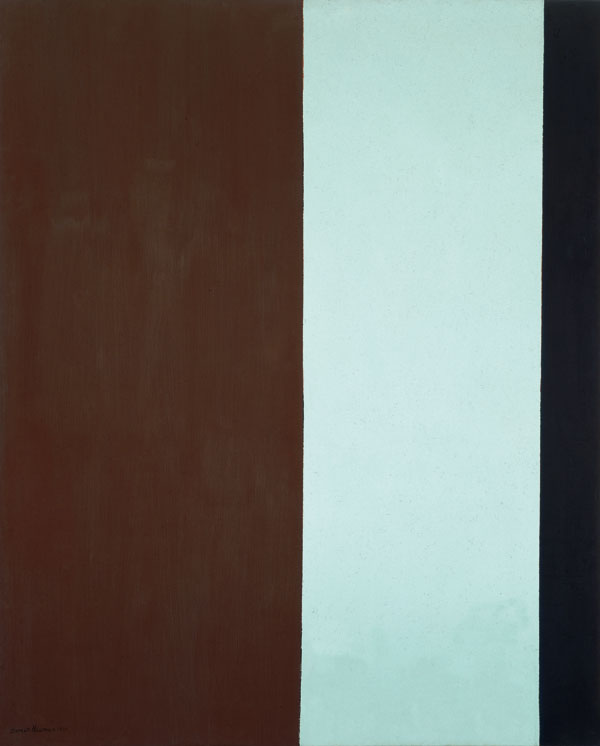













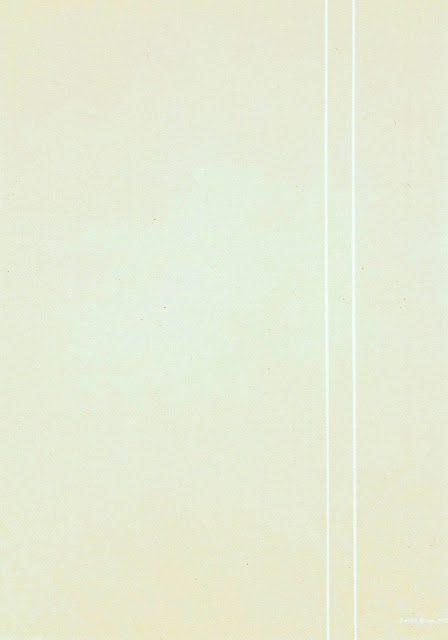












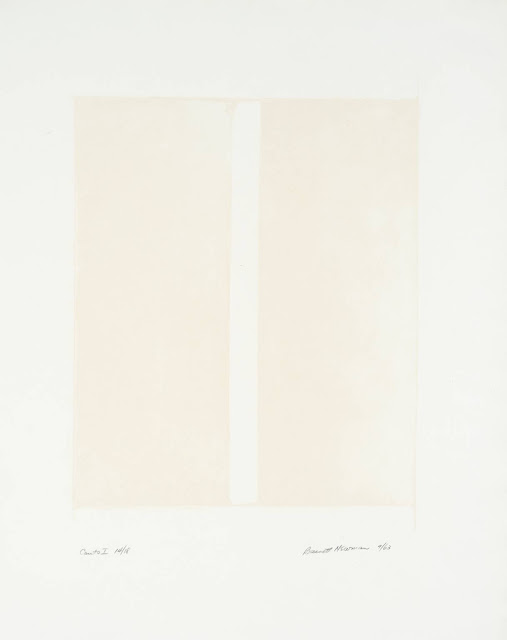+lithograph+42+x+31.5+cm+%C2%A9+ARS,+NY+and+DACS,+London+2002.jpg)



















+pexiglass,+oil+&+acrylic+on+board+on+wood+122.6+x+12.7+x+3+cm+1946-7c+Pastel+sketch+on+ruled+paper+26.2+x+19.8+cm+%C2%A9+Barnett+Newman+Foundation+:+Artists+Right+Society+(ARS),+New+York.jpg)



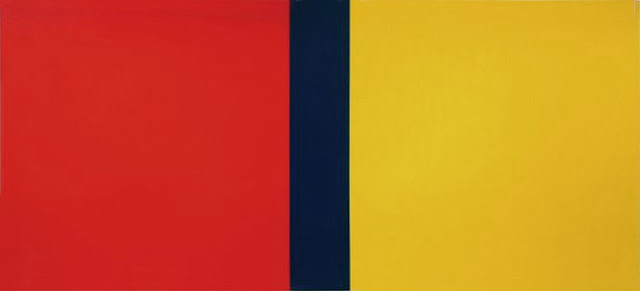

,+New+York.jpg)
+-+SODRAC+(Montre%CC%81al)+.jpg)

,+New+York.jpg)


+51+x+35.7+cm+Sheet+%C2%A9+2013+Barnett+Newman+Foundation+:+Artists+Rights+Society+(ARS),+New+York+.jpg)
+50.8+x+36+cm+(sheet)+%C2%A9+2013+Barnett+Newman+Foundation+:+Artists+Rights+Society+(ARS),+New+York+.jpg)
+50.8+x+35.7+cm+(sheet)+%C2%A9+2013+Barnett+Newman+Foundation+:+Artists+Rights+Society+(ARS),+New+York+.jpg)
+50.6+x+35.4+cm+(sheet)+%C2%A9+2013+Barnett+Newman+Foundation+:+Artists+Rights+Society+(ARS),+New+York+.jpg)
+50.6+x+35.7+cm+(sheet)+%C2%A9+2013+Barnett+Newman+Foundation+:+Artists+Rights+Society+(ARS),+New+York+.jpg)
+51.2+x+35.5+cm+(sheet)+%C2%A9+2013+Barnett+Newman+Foundation+:+Artists+Rights+Society+(ARS),+New+York+.jpg)
+50.6+x+35.2+cm+(sheet)+%C2%A9+2013+Barnett+Newman+Foundation+:+Artists+Rights+Society+(ARS),+New+York+.jpg)
+etching+&+aquatint+7.5+x+15+cm+(image)+36+x+50.6+cm+(sheet)+1968+Note+IV+etching+14.9+x+7.3+cm+(image)+50.6+x+35.4+cm+(sheet)+%C2%A9+2013+Barnett+Newman+Foundation+:+Artists+Rights+Society+(ARS),+New+York+.jpg)
+etching+&+aquatint)+7.4+x+15+cm+(image)+36.2+x+50.7+cm+(sheet)+1968+Note+IV+etching+14.9+x+7.3+cm+(image)+50.6+x+35.4+cm+(sheet)+%C2%A9+2013+Barnett+Newman+Foundation+:+Artists+Rights+Society+(ARS),+New+York+.jpg)


+etching+&+aquatint+14.9+x+7.4+cm+(image)+50+x+35.4+cm+(sheet)+1968+Note+IV+etching+14.9+x+7.3+cm+(image)+50.6+x+35.4+cm+(sheet)+%C2%A9+2013+Barnett+Newman+Foundation+:+Artists+Rights+Society+(ARS),+New+York+.jpg)
+etching+&+aquatint+15+x+7.4+cm+(image)+50.6+x+35.5+cm+(sheet)+1968+Note+IV+etching+14.9+x+7.3+cm+(image)+50.6+x+35.4+cm+(sheet)+%C2%A9+2013+Barnett+Newman+Foundation+:+Artists+Rights+Society+(ARS),+New+York+.jpg)
+etching+&+aquatint+14.8+x+7.5+cm+(image)+50+x+35.7+cm+(sheet)+1968+Note+IV+etching+14.9+x+7.3+cm+(image)+50.6+x+35.4+cm+(sheet)+%C2%A9+2013+Barnett+Newman+Foundation+:+Artists+Rights+Society+(ARS),+New+York+.jpg)
+etching+&+aquatint+14.8+x+9.8+cm+(image)+50.2+x+35.5+cm+(sheet)+1968+Note+IV+etching+14.9+x+7.3+cm+(image)+50.6+x+35.4+cm+(sheet)+%C2%A9+2013+Barnett+Newman+Foundation+:+Artists+Rights+Society+(ARS),+New+York+.jpg)

+-+SODRAC+(Montre%CC%81al)+.jpg)
,+New+York.jpg)

+79.2+x+57.5+cm+(sheet)+%C2%A9+2013+Barnett+Newman+Foundation+:+Artists+Rights+Society+(ARS),+New+York+.jpg)


,+New+York.jpg)
,+New+York.jpg)
,+New+York+2.jpg)
,+New+York+3.jpg)
,+New+York+4.jpg)
,+New+York+5.jpg)
,+New+York+6.jpg)
,+New+York+7.jpg)
,+New+York+8.jpg)
,+New+York+9.jpg)
,+New+York+10.jpg)
,+New+York.jpg)




.+The+Popular+Service+Suits+all+Tastes.jpg)


































